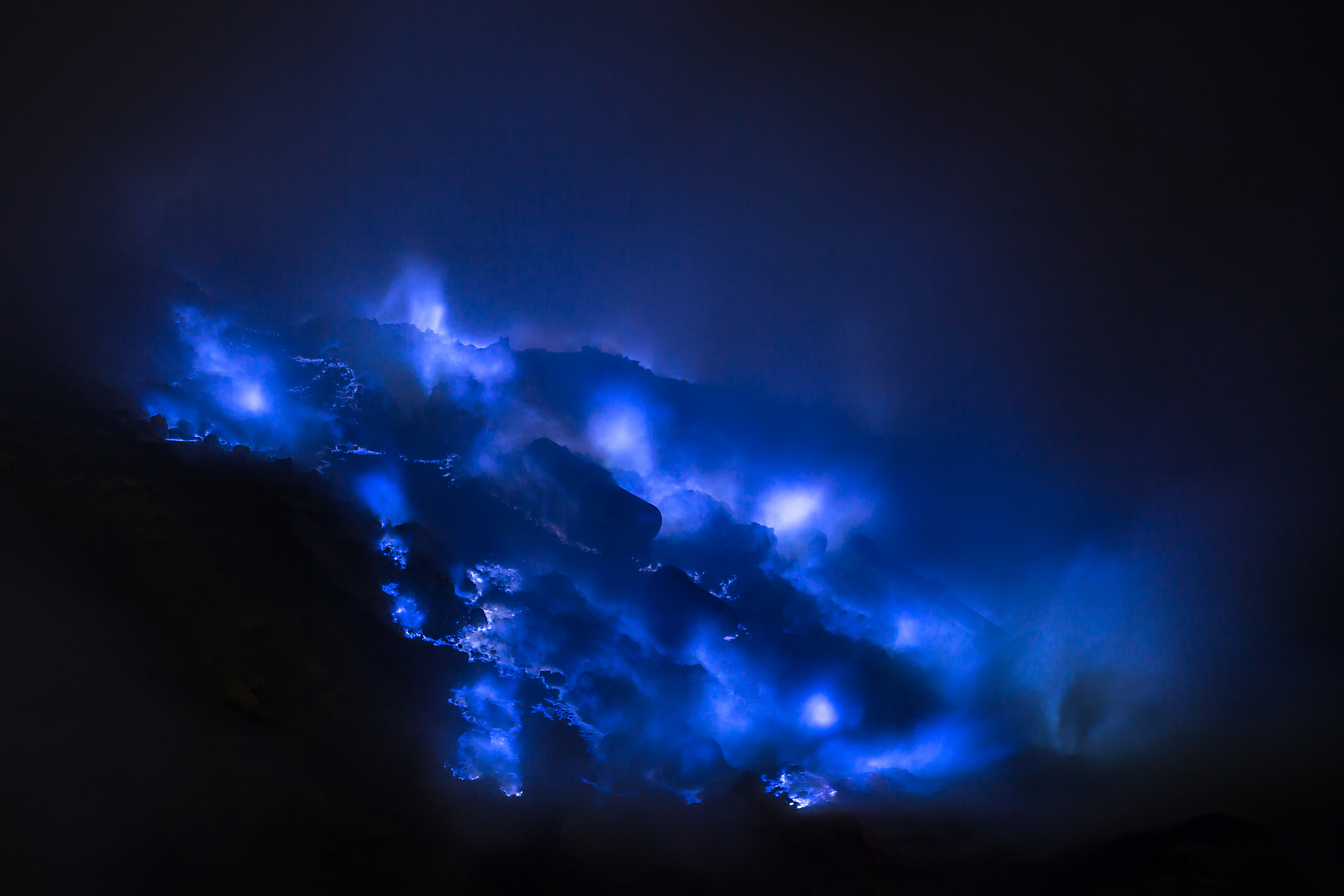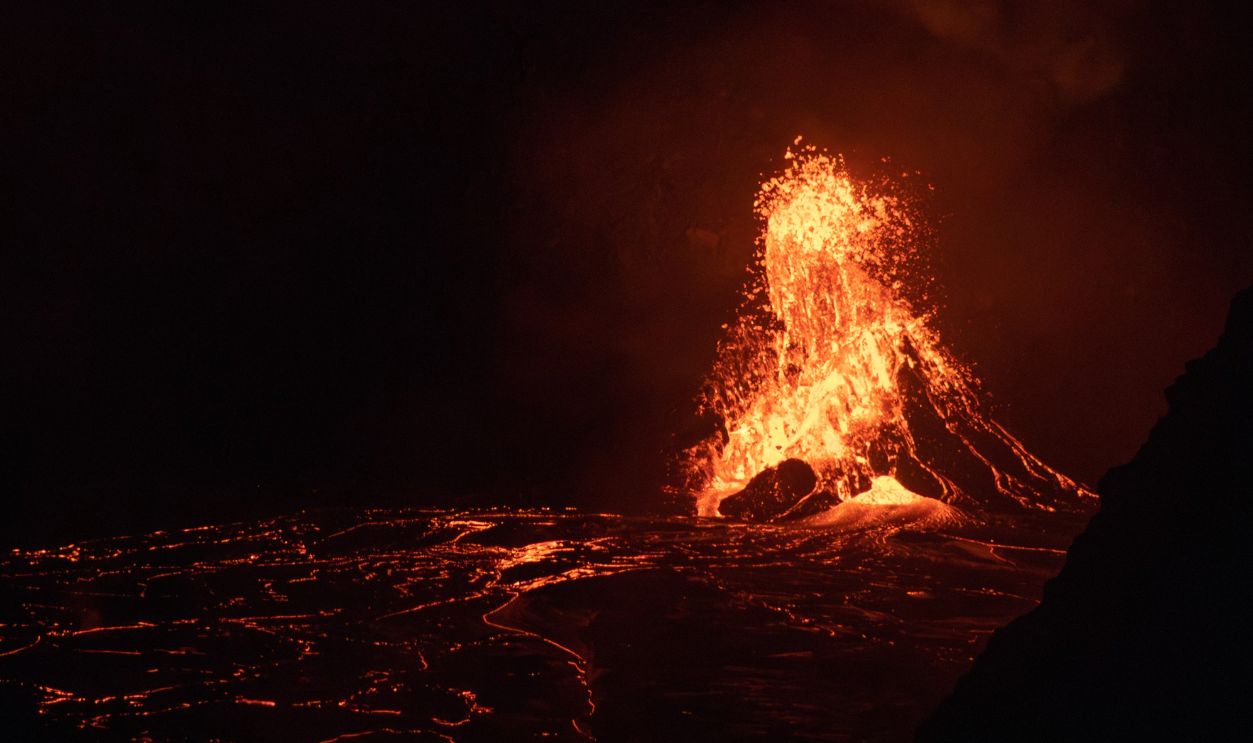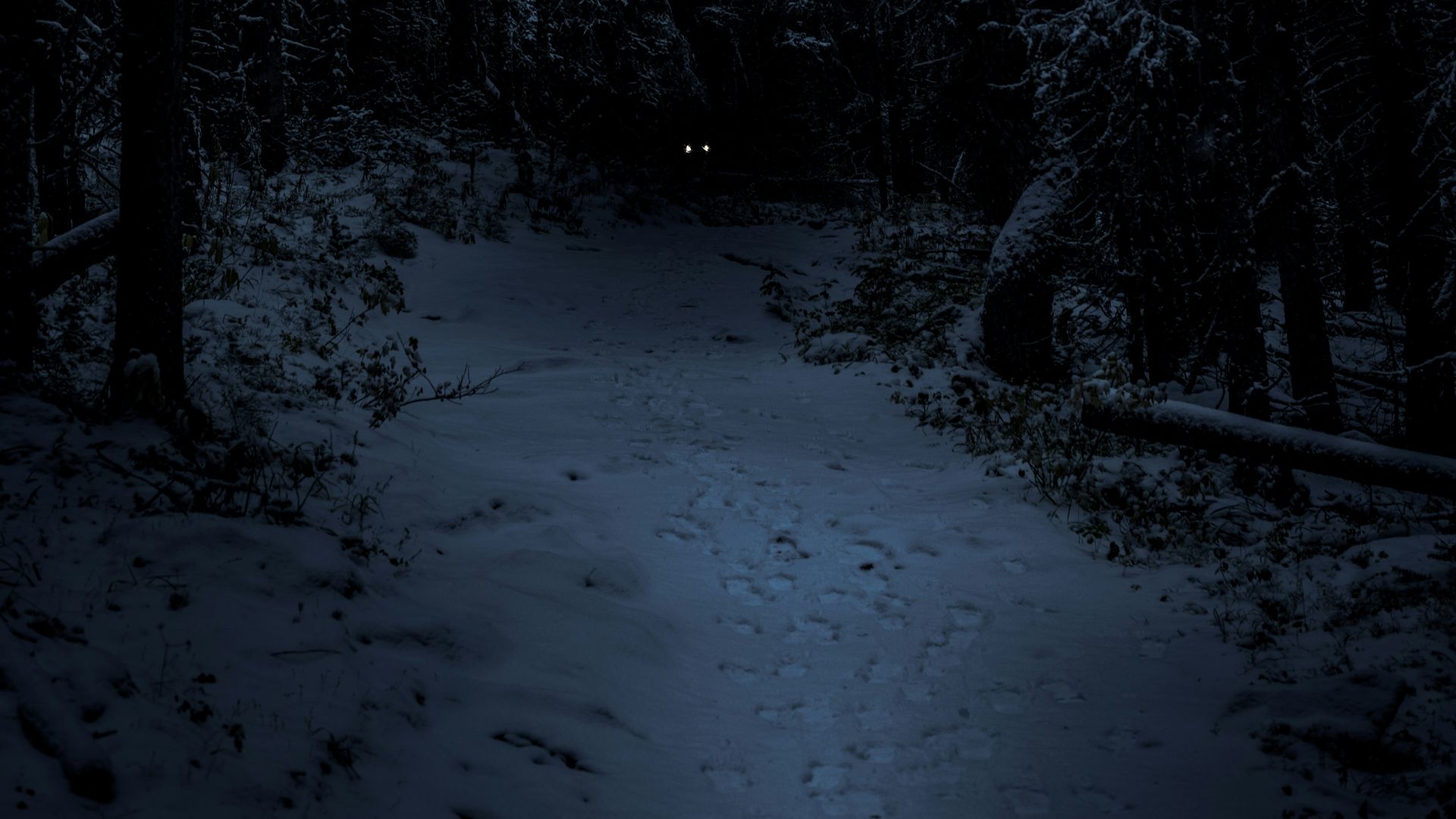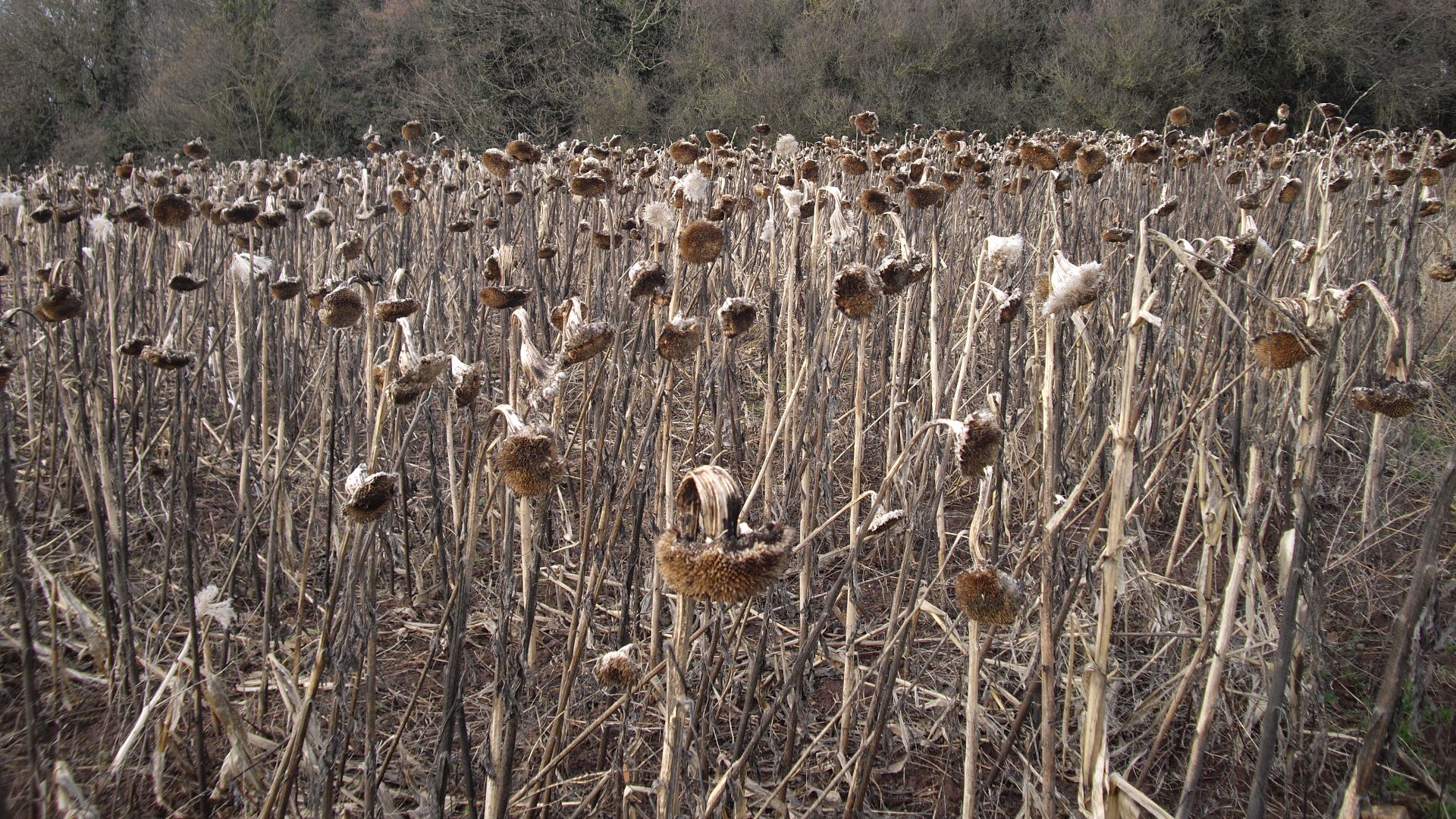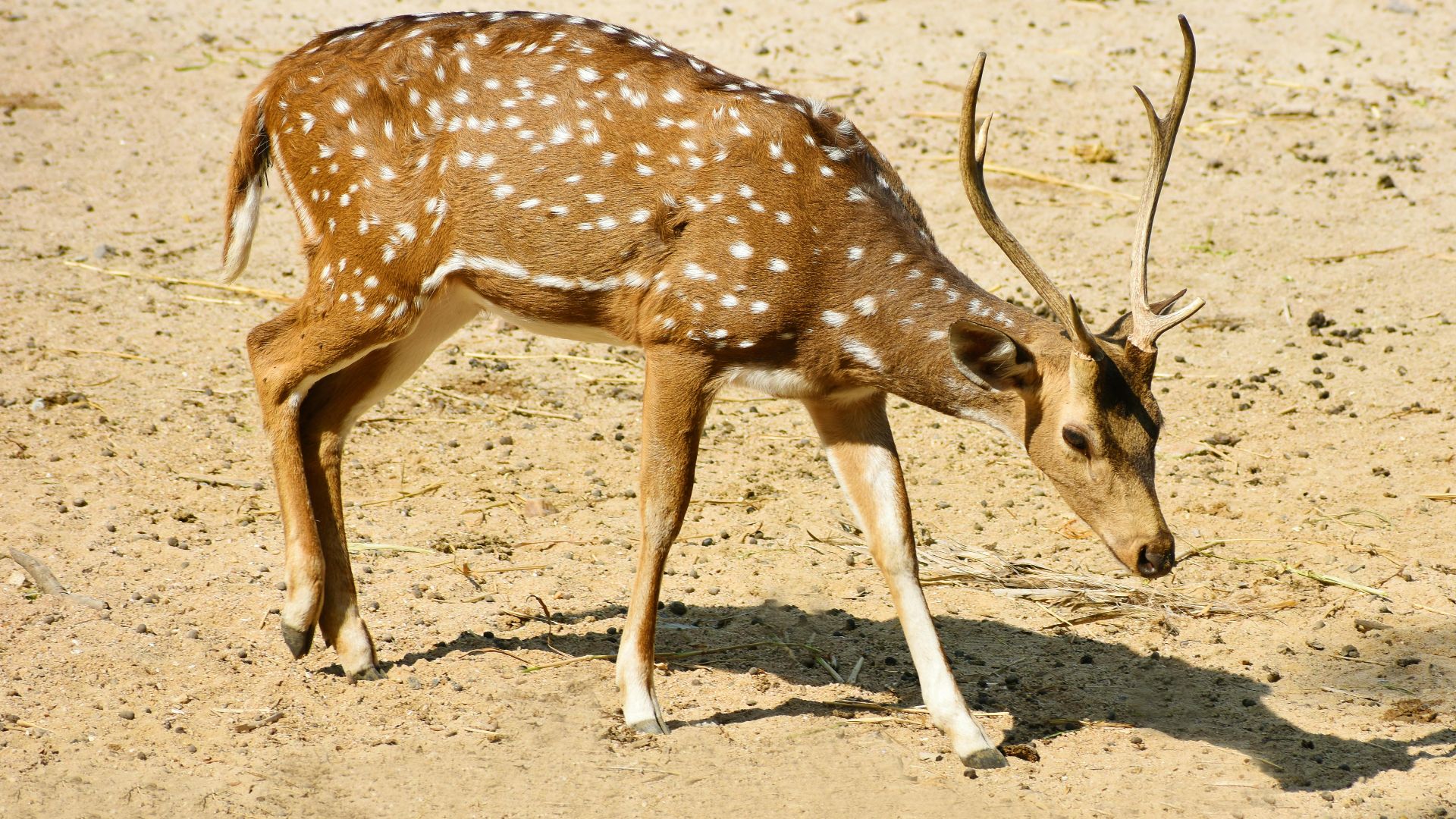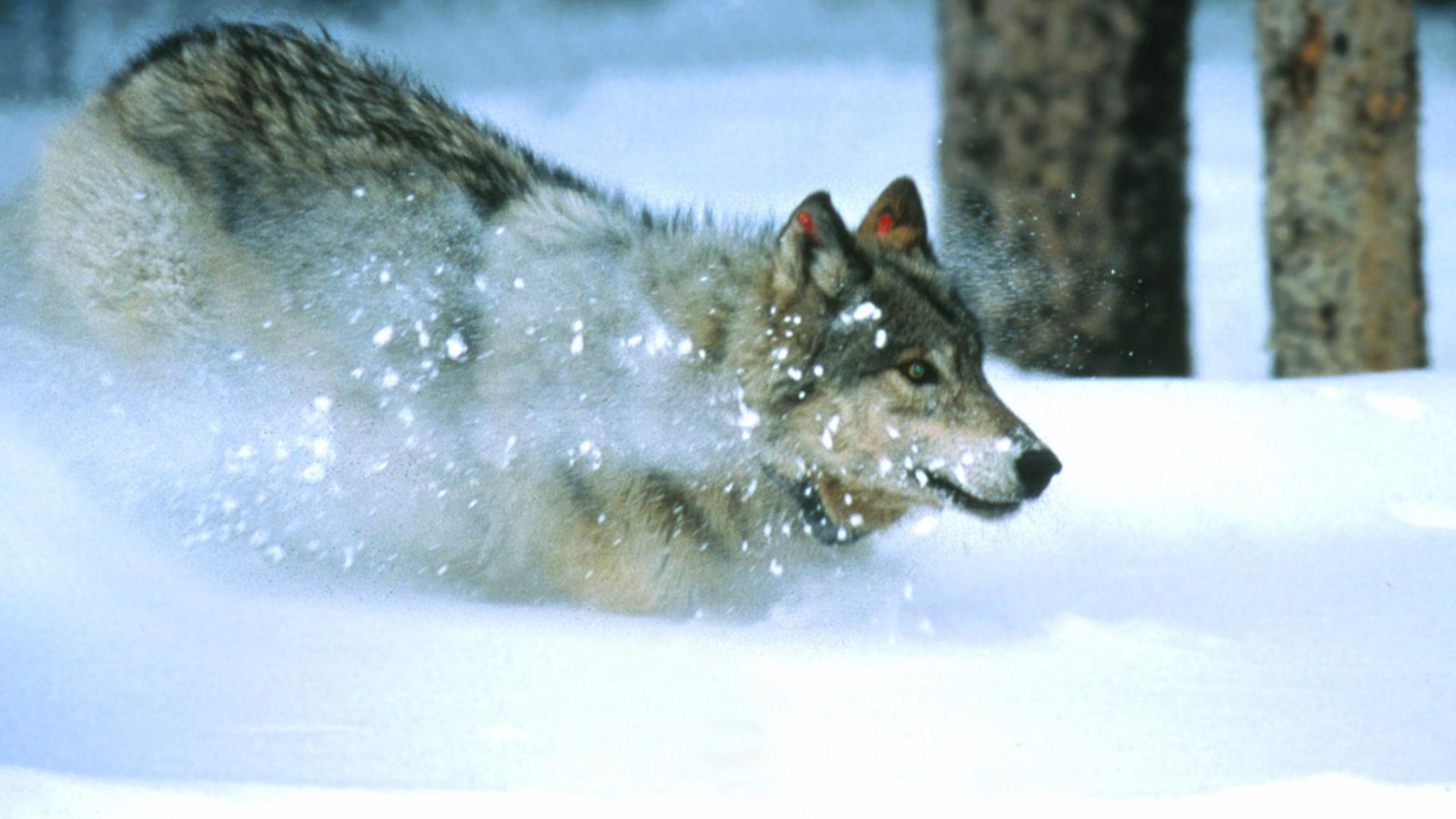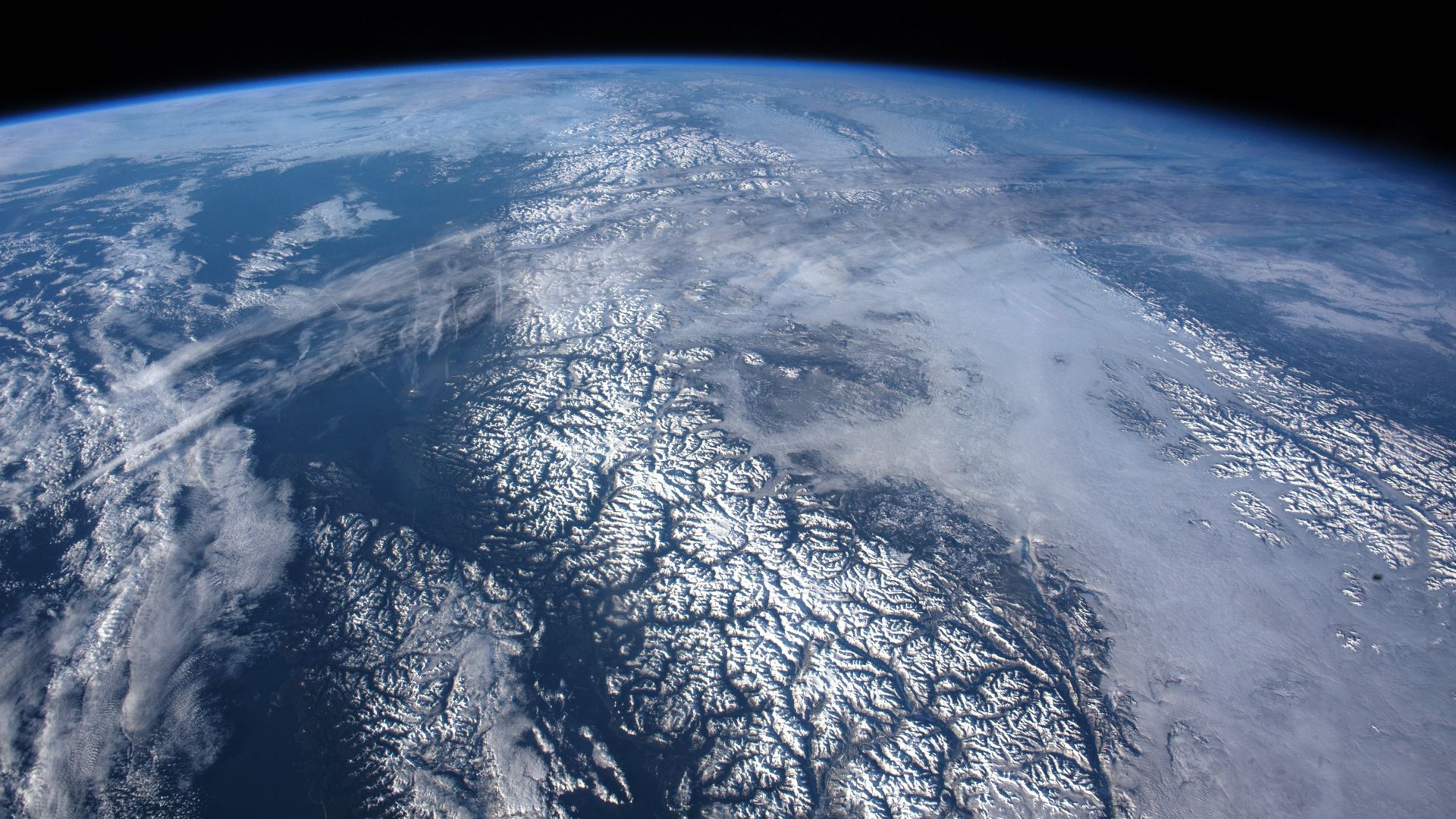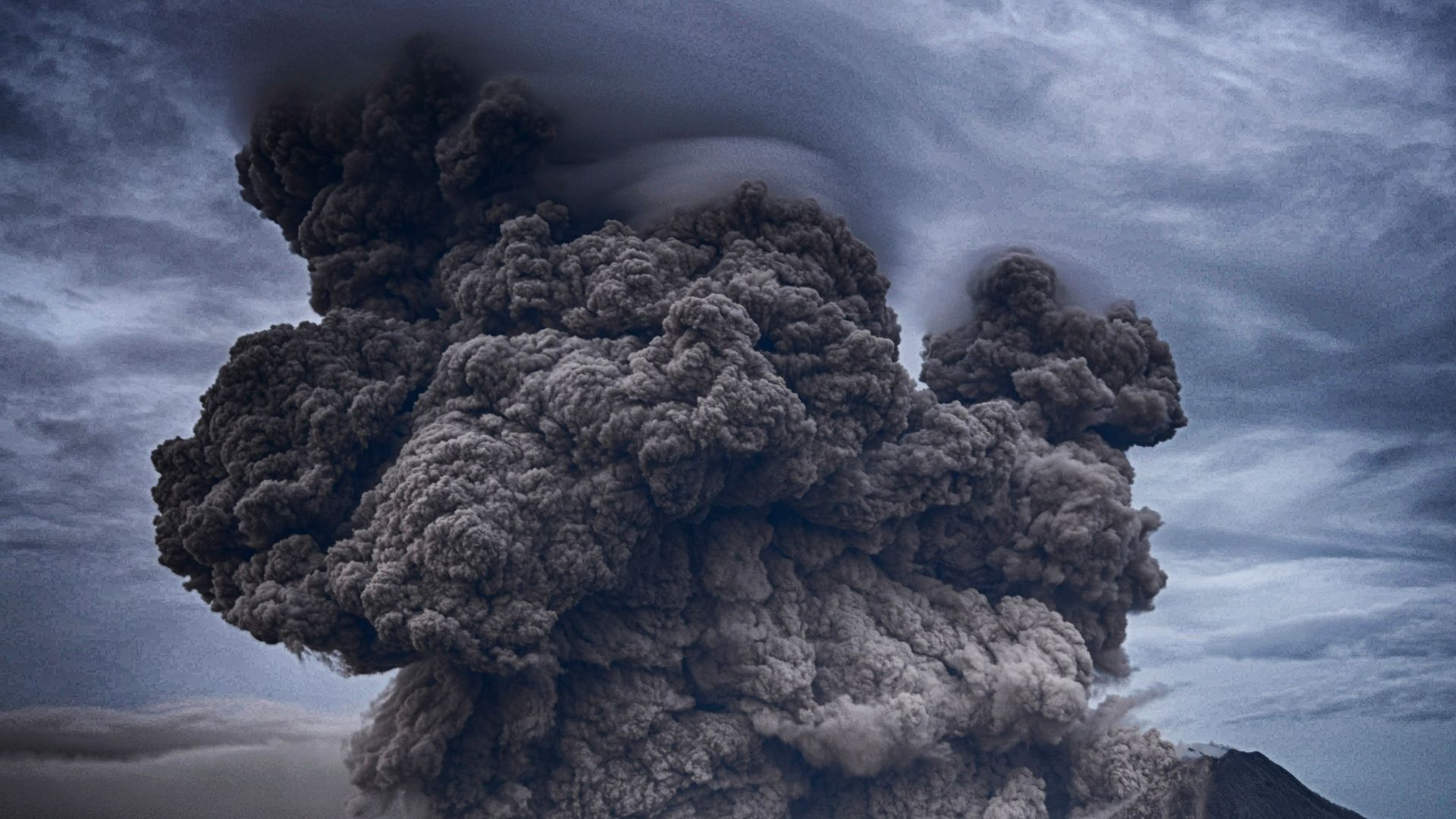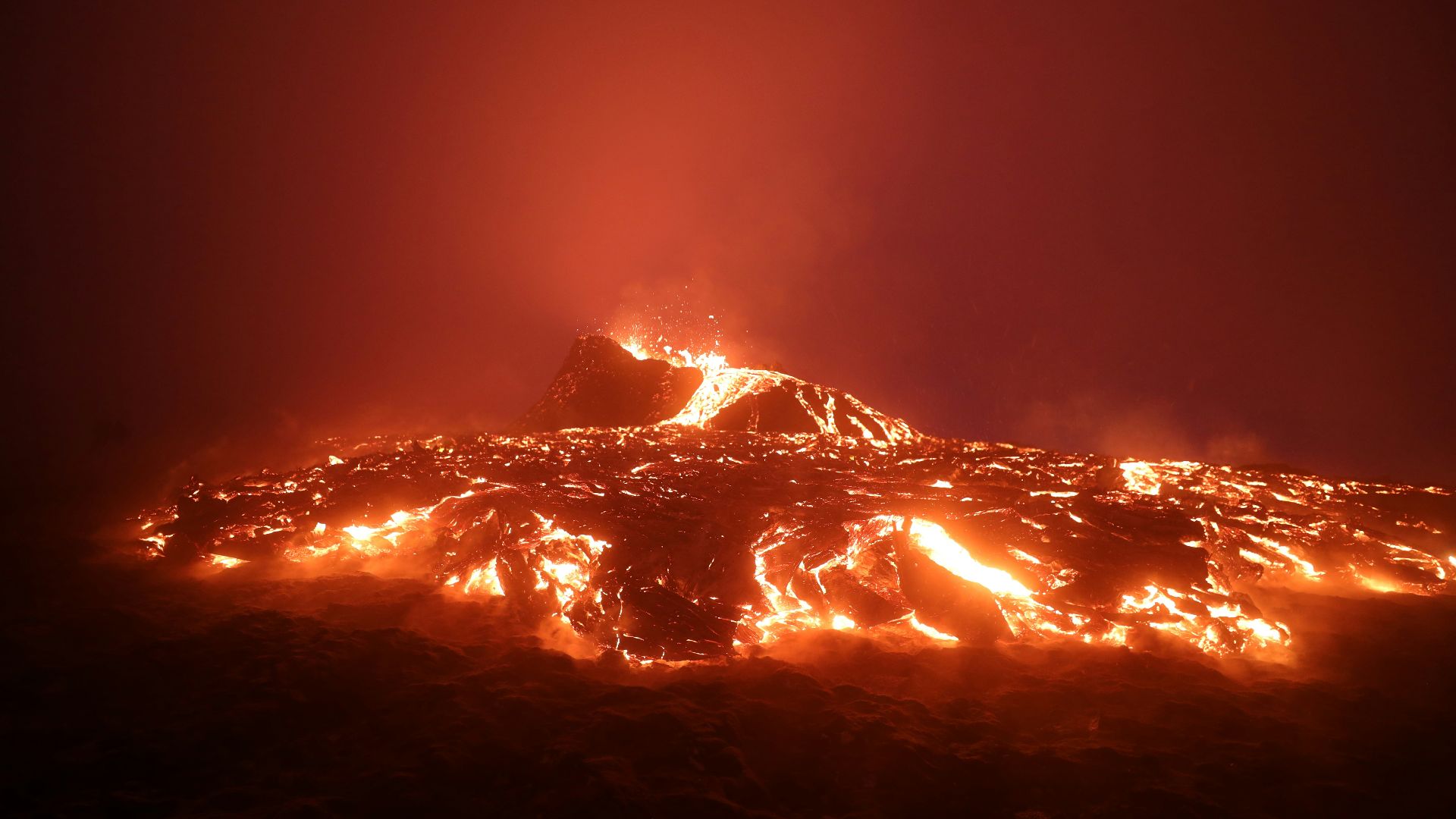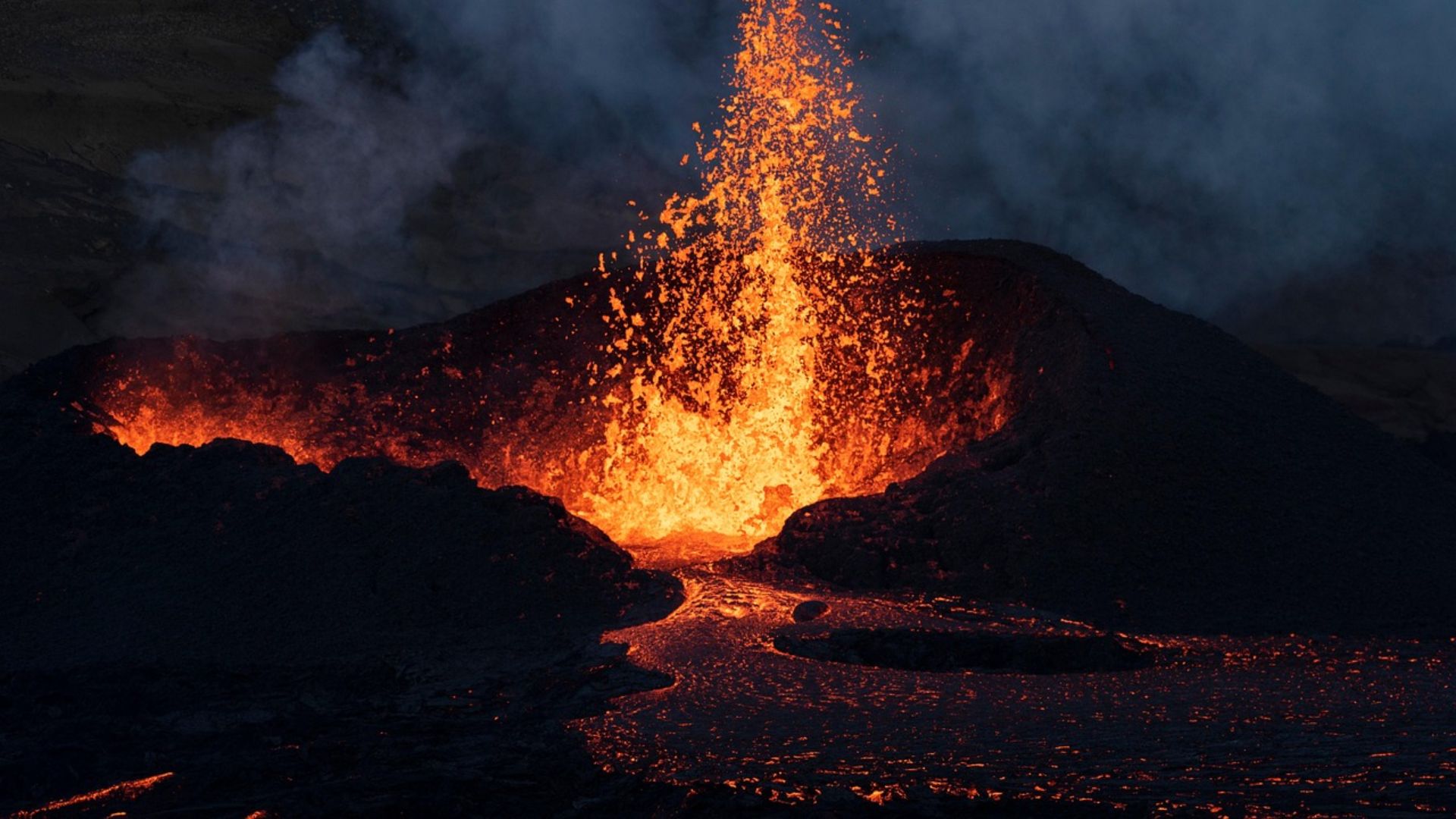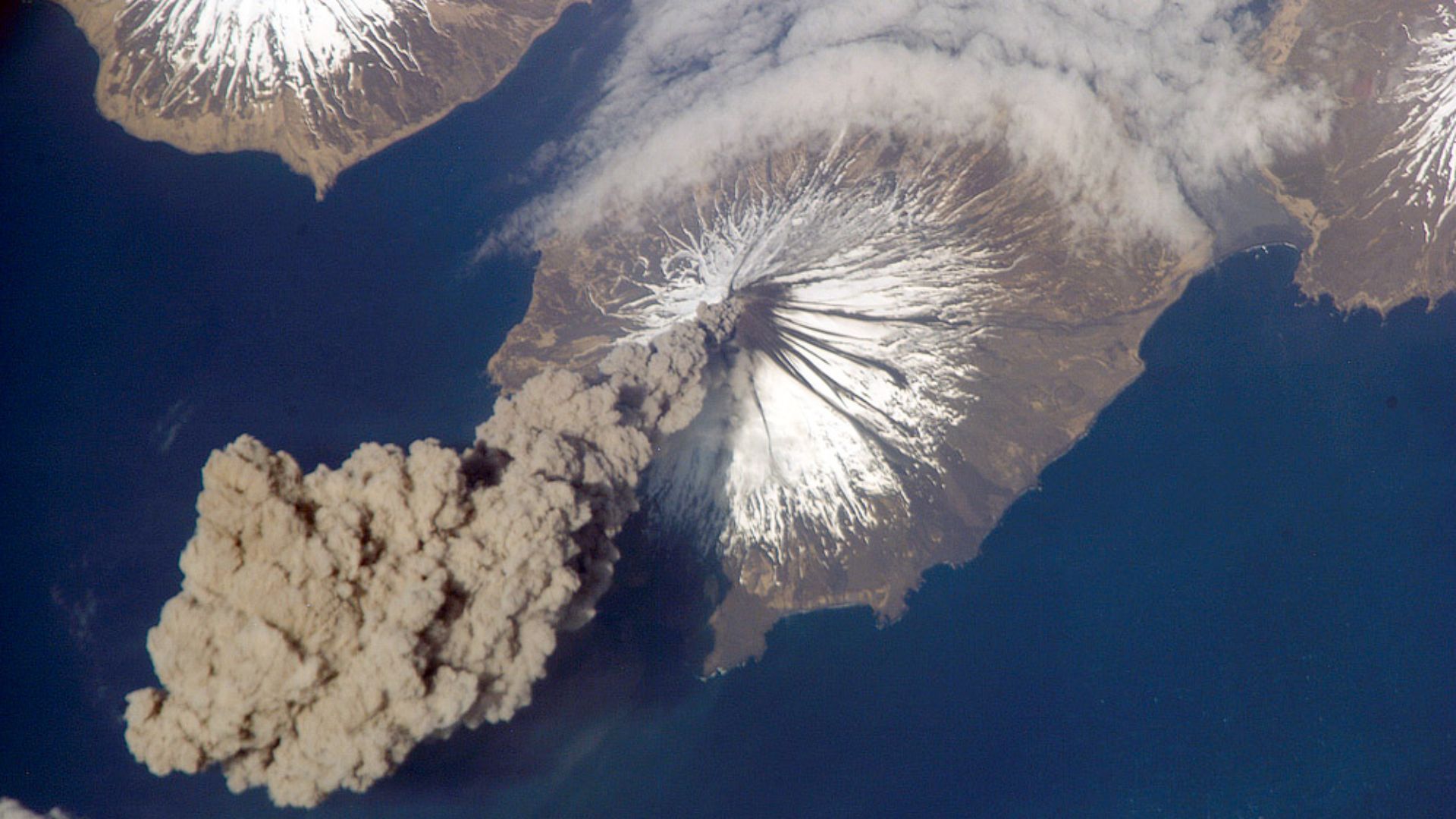Misery For Decades
Countless accounts from the mid-6th century describe a world plunged into darkness, with famine, plague, and despair spreading across continents. For a long time, historians dismissed them as dramatic exaggerations. But new evidence suggests 536 AD may not just have been bad—it might have been the worst time in history to be alive.
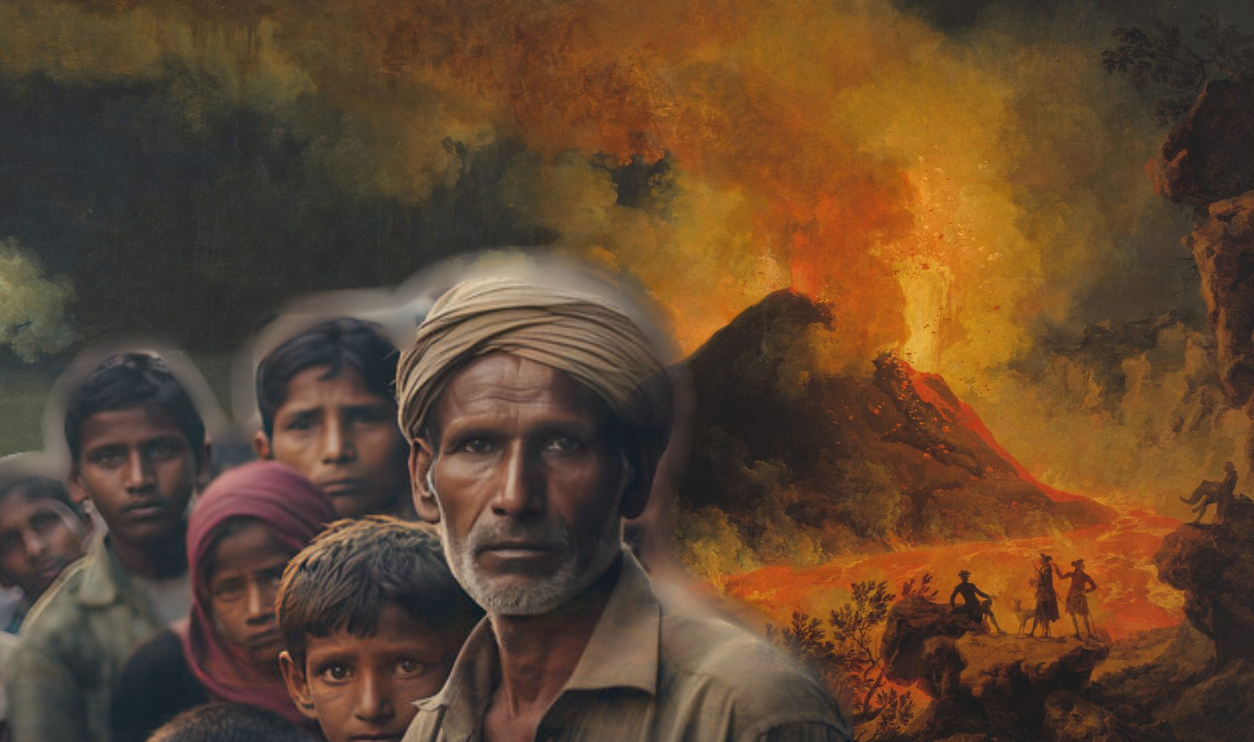
1. The Darkness Was All Encompassing
A written account from a Roman politician, Cassiodorus, was unearthed where he recounted a startling story of life in the middle of the 6th century. In it, he spoke of a great darkness that appeared in 536 AD. Such was the totality of the darkness that it interfered with the sun: “We marvel to see no shadows of our bodies at noon”, he wrote. Cassiodorus proved to be just one of a shocking number of victims of the haunting darkness....
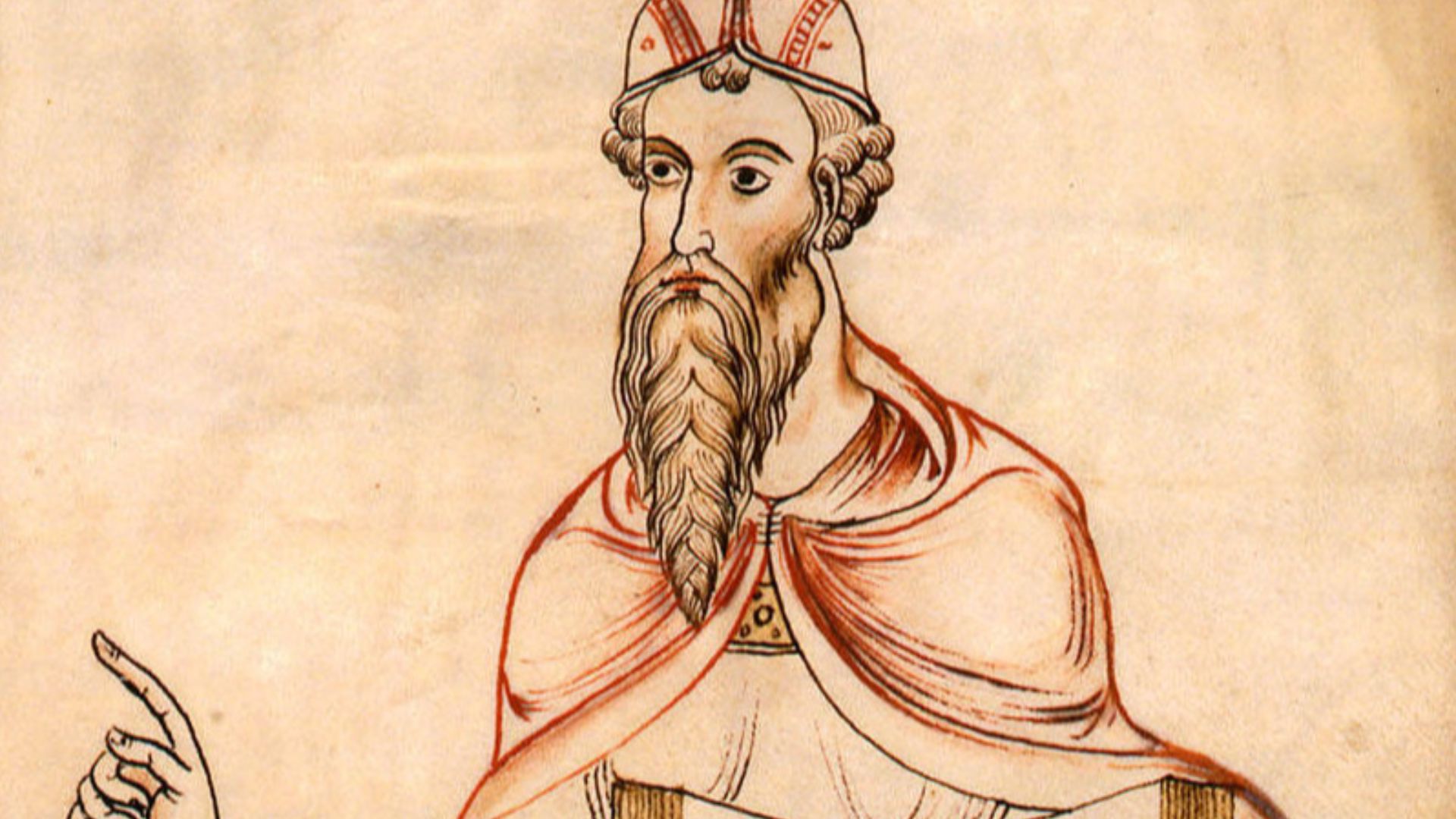 Fulda workshop, Wikimedia Commons
Fulda workshop, Wikimedia Commons
2. It Spread Far And Wide
The source of the darkness, as far as those on the ground could see, appeared to be a mysterious and impenetrable fog. It's particularly notable how widespread the reports were: accounts indicate that the fog was visible over Europe, the Middle East, and even as far as parts of Asia. And it didn't happen gradually either.
 Lake Toba’s Supervolcano Makes Yellowstone Look Tame, BRIGHT SIDE
Lake Toba’s Supervolcano Makes Yellowstone Look Tame, BRIGHT SIDE
3. Bright One Day, Dark The Next
Most mysterious of all was that the fog had appeared with no prior warning. No reports exist of a gradual darkening; instead, the drastic change in weather conditions seems to have happened overnight. The people of 536 AD never did discover the source, but modern science has some ideas.
 Yellowstone Super-Eruptions | Curiosity: Volcano Time Bomb, Discovery
Yellowstone Super-Eruptions | Curiosity: Volcano Time Bomb, Discovery
4. It Likely Had An Arctic Origin
A 2008 study published in Geophysical Research Letters revealed sulfate deposits from that period in Greenland, leading scientists and historians to conclude that the fog was caused by a massive, high-latitude volcanic eruption. There is an ongoing to debate as to whether this occurred in Alaska or Iceland, but regardless, the knock-on effects were staggering.
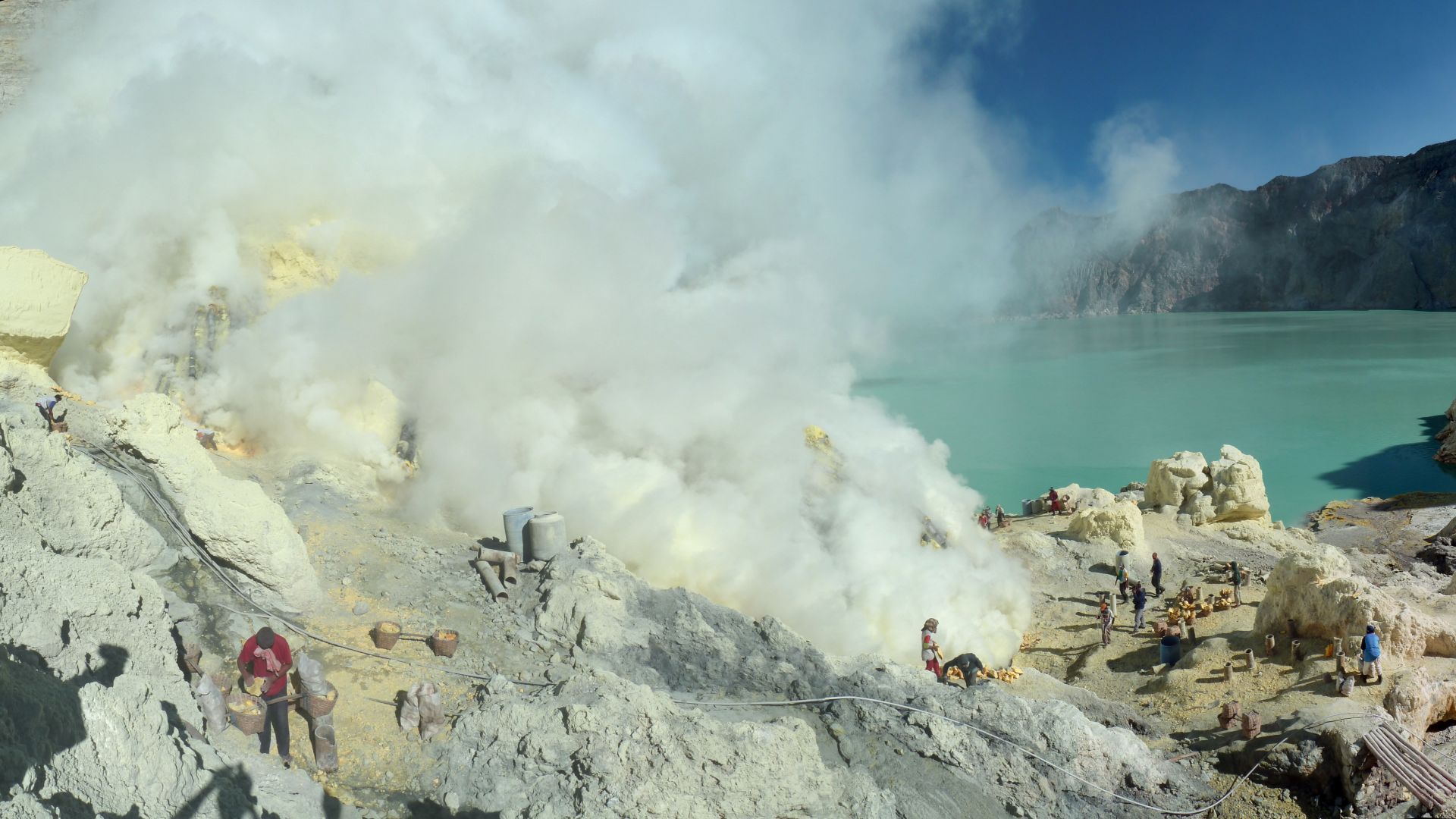 Sémhur (talk), Wikimedia Commons
Sémhur (talk), Wikimedia Commons
5. It Changed The Air Of An Entire Hemisphere
This cataclysmic eruption resulted in volcanic ash spreading across the entire Northern Hemisphere. This would have looked very much like fog to the residents of the time, who lacked the scientific rigor to know any better. Besides, the visual implications alone were horrifying enough...
 Unknown Author, Wikimedia Commons
Unknown Author, Wikimedia Commons
6. “The Death Of The Sun”
The heavy, ashy fog had some dramatic effects on the sky as 6th century humans knew it. For one thing, the sun was almost completely blocked out, a phenomenon known as “solar dimming”. And as you can probably imagine, a lack of scientific tools led to some terrifyingly evocative personal stories from the ancient people experiencing it.
7. A Rare Astral Event, But Constant
Another Roman, the historian Procopius, recounted how “the sun gave forth its light without brightness [...] and it seemed exceedingly like the sun in eclipse”. Indeed, this description matched many others from the time. Other accounts described the sun as taking on a “bluish” color, with significantly weakened rays. What made it even worse, though, is how long it lasted.
8. It Seemed Never-Ending
Any hope among contemporaries that this was just a temporary state or singular weather phenomenon slowly melted away as the days continued in darkness. Accounts confirm that the conditions held for a whopping 18 months, meaning that the world entered what was essentially a night that lasted a year and a half. The effect on the environment was devastating.

History's most fascinating stories and darkest secrets, delivered to your inbox daily.
9. The Climate Felt The Consequences
There have been many comparable (though nowhere near as big) volcanic eruptions throughout history since, and one thing links them all: they have a huge effect on global climate patterns. With the scale of this eruption in particular, the effects would have been profound. Starting with the weather.
10. The Earth Got Colder
A volcanic eruption results in sulfur, bismuth, and other substances spewing into the atmosphere. This, in turn, forms an aerosol veil that prevents sunlight from getting to the earth. That causes a significant cooling on earth in a phenomenon known as a volcanic winter. This is exactly what happened in 536 AD, but what did it feel like on the ground?
 536 AD: The Worst Year in History, History Piece
536 AD: The Worst Year in History, History Piece
11. It Was Baltic
The result of all this atmospheric craziness was, of course, plummeting temperatures. Winters were unbearably cold, and the following decade became the coolest on record in 2000 years. But the poor souls of 536 did not even get a seasonal respite when June came around. Summer was unrecognizable.
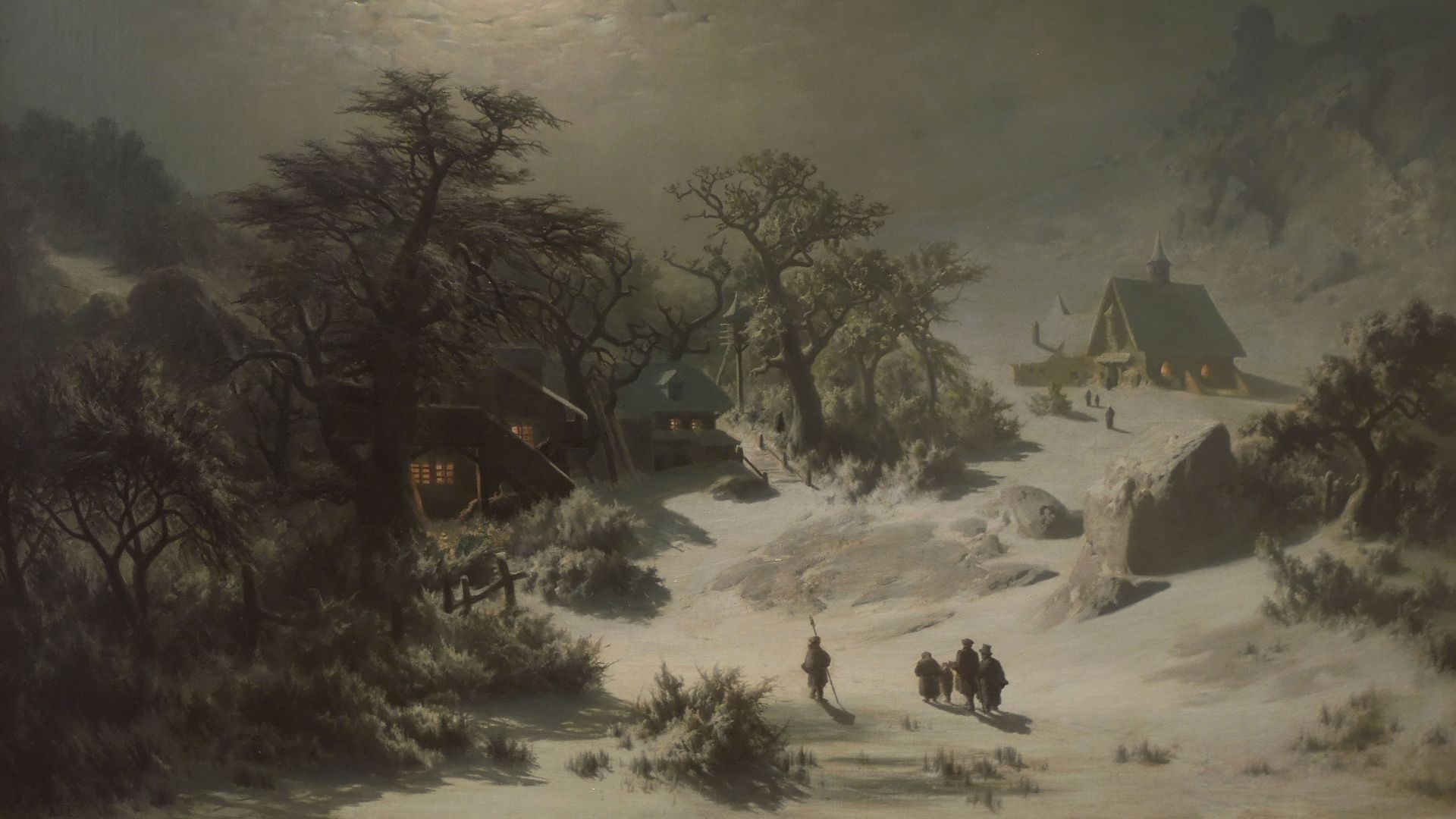 Adolf Kosarek, Wikimedia Commons
Adolf Kosarek, Wikimedia Commons
12. The Numbers Were Staggering
As the summer of 536 dawned, the despair continued. Any hope of a break from the bitter darkness crumbled as the unseasonable cold continued. Summer temperatures dropped by an incredible 35°F to 37°F. In reality, you couldn’t really call it a summer at all.
13. The Seasons Disappeared
The very idea of seasons disappeared for 18 months following the eruption. The weather was barely distinguishable from season to season, and consistently dreary. Cassiodorus summed up the mood of a society with his observation that “seasons seem to be all jumbled up together” in Rome. But other parts of the world saw even stranger signs.
 536 AD: The Worst Year in History, History Piece
536 AD: The Worst Year in History, History Piece
14. Dreaming Of A White Summer
The cold summers were, if nothing else, pretty consistent most places. But residents of China had a surreal experience: that summer, there were reports of snowfall. This meteorological anomaly led to crop failure, signaling an ecological crisis that stretched far beyond the borders of China…
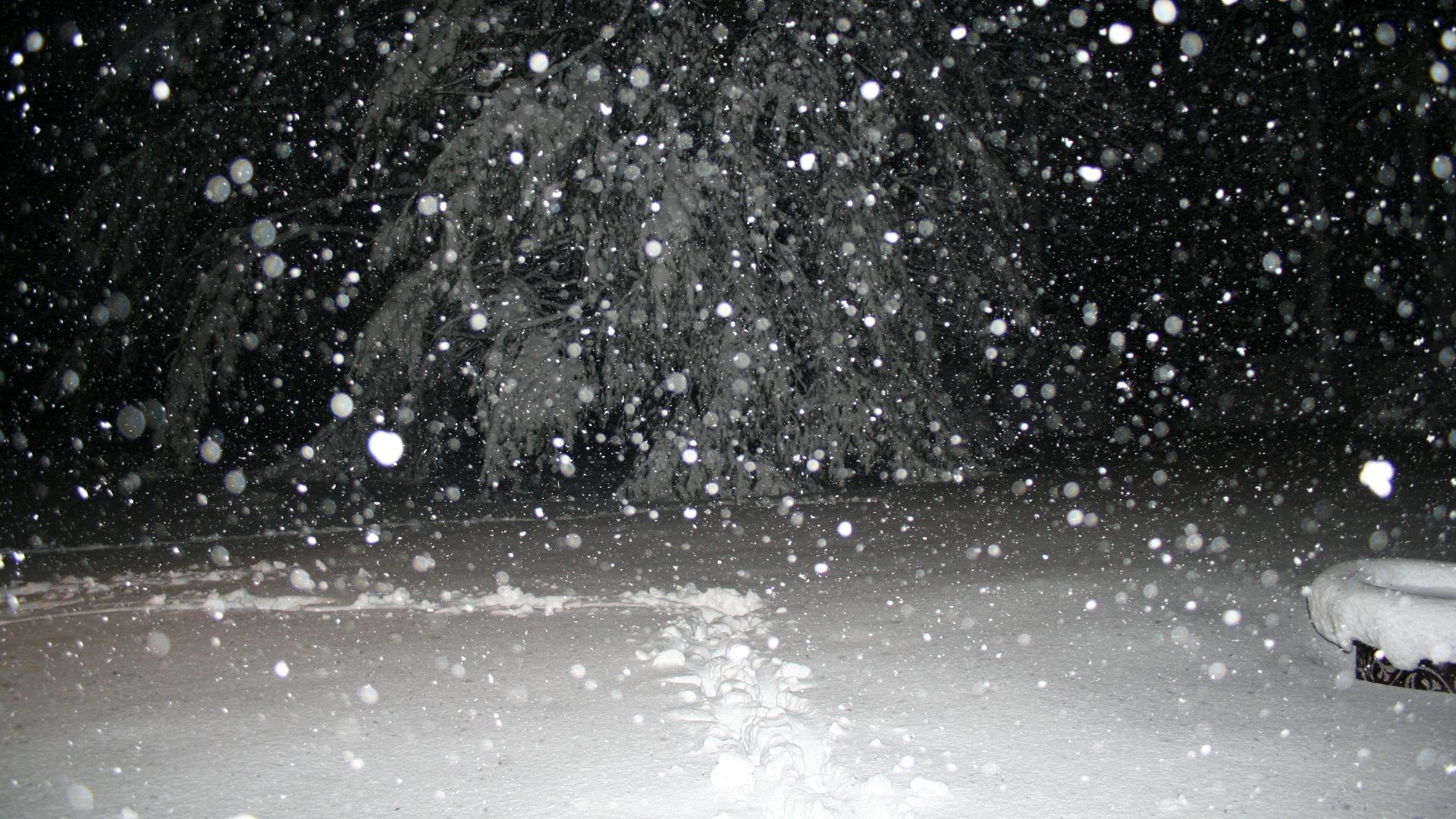 Sophia Moran, Wikimedia Commons
Sophia Moran, Wikimedia Commons
15. The Ecosystem Struggled Mightily
As you can imagine, none of this–the lack of sun, the nonexistent seasons, the ashy air–was good for the environment. Indeed, the ecosystem fell into freefall, and the biosphere teetered on the brink of collapse. The ecological dominoes fell one by one…
16. Plants Had No Food
As previously mentioned, the volcanic winter and its effect on the atmosphere caused the earth to deflect the sun’s rays back into space. Sunlight is crucial for the planet’s plant life, and, without it, photosynthesis slowed dramatically. As such, the ecological disaster continued.
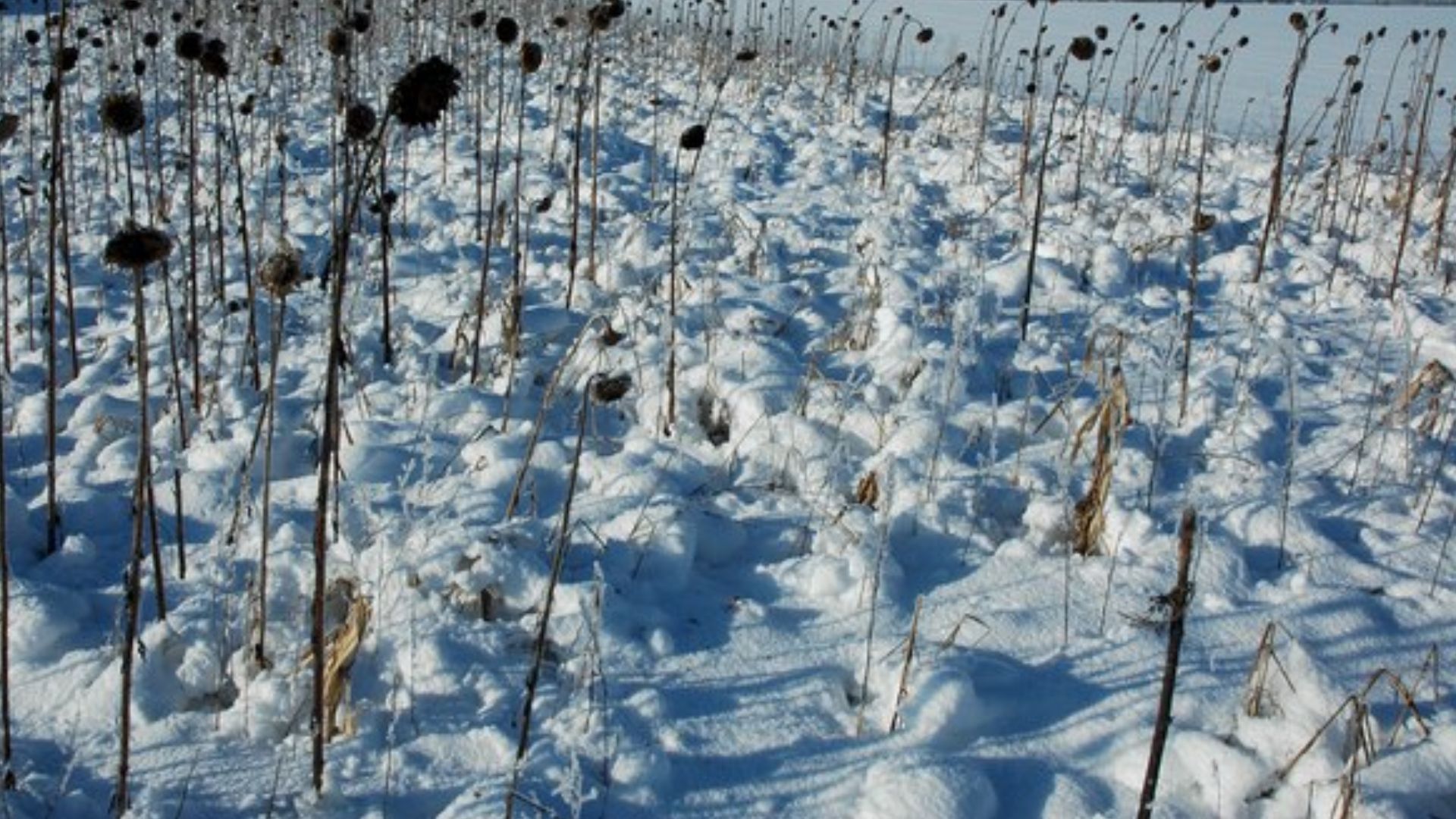 Philip Halling, Wikimedia Commons
Philip Halling, Wikimedia Commons
17. Vegetarians Suffered
The withering of land-based plants and vegetation had the most devastating effects on the herbivore species. Many of them struggled to survive and populations dropped significantly. And it wasn’t just the charismatic megafauna that barely made it...
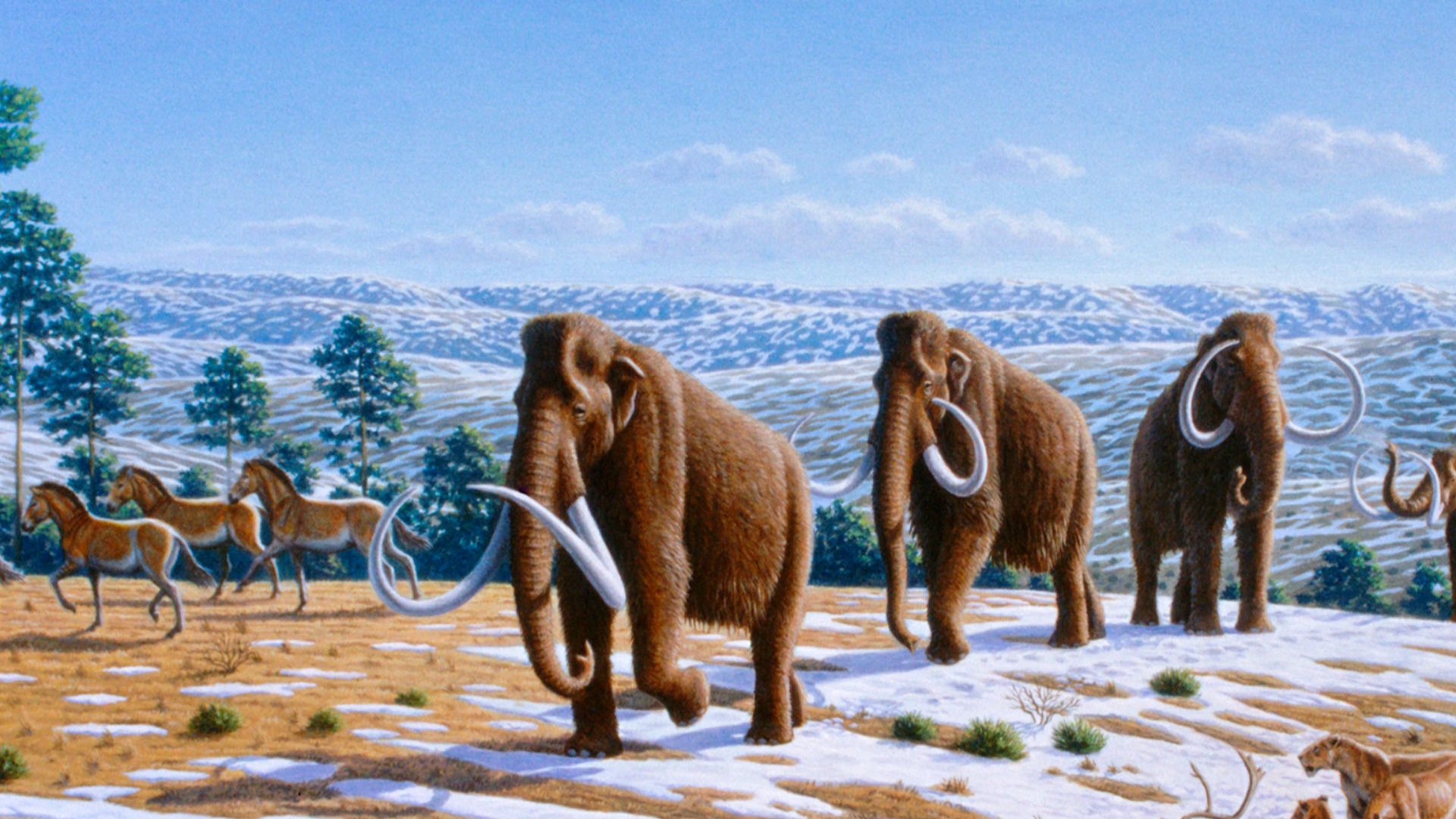 Mauricio Antón, Wikimedia Commons
Mauricio Antón, Wikimedia Commons
18. Small Effects Had Big Consequences
With plant life struggling to survive, so too did smaller species reliant on them for sustenance. Insect populations around the world waned, which reduced pollination and further affected plant reproduction. Even microbial life in the soil suffered. Due to the lower temperatures, metabolic processes below the dirt slowed down. And as much as it affected the smaller lifeforms, it had exponential effects on other wildlife.
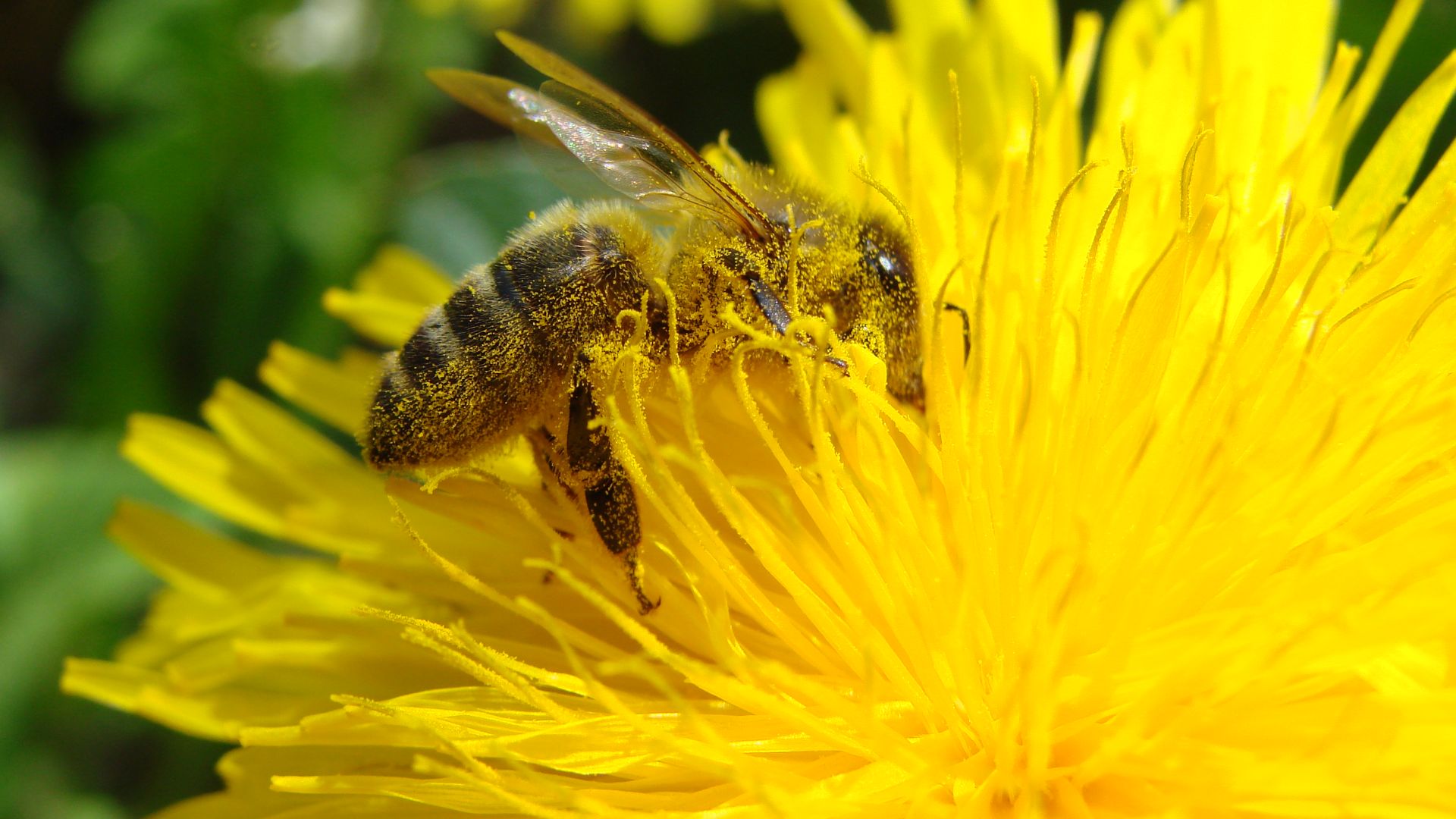 Guérin Nicolas (messages), Wikimedia Commons
Guérin Nicolas (messages), Wikimedia Commons
19. The Implications Were Horrifying
Because the seasons basically bled into one another with little difference, life became very difficult for animals that relied on seasonal cycles. Indeed, the situation bordered on an existential threat for these species and, because of the synergistic nature of the delicate ecosystem, all species. Some animals didn’t know what to do with the new world they found themselves in, especially those who moved around the globe as part of their yearly traditions.
 Melissa McMasters from Memphis, TN, United States, Wikimedia Commons
Melissa McMasters from Memphis, TN, United States, Wikimedia Commons
20. Summer Vacations Got Cancelled
One species of animal heavily impacted by the seasonal disruptions was birds. Their usual migration patterns were completely upended when the natural signals to fly south did not materialize. All this ecological disaster had profound implications for the interlinked nature of our world, ultimately threatening the planet's very existence...
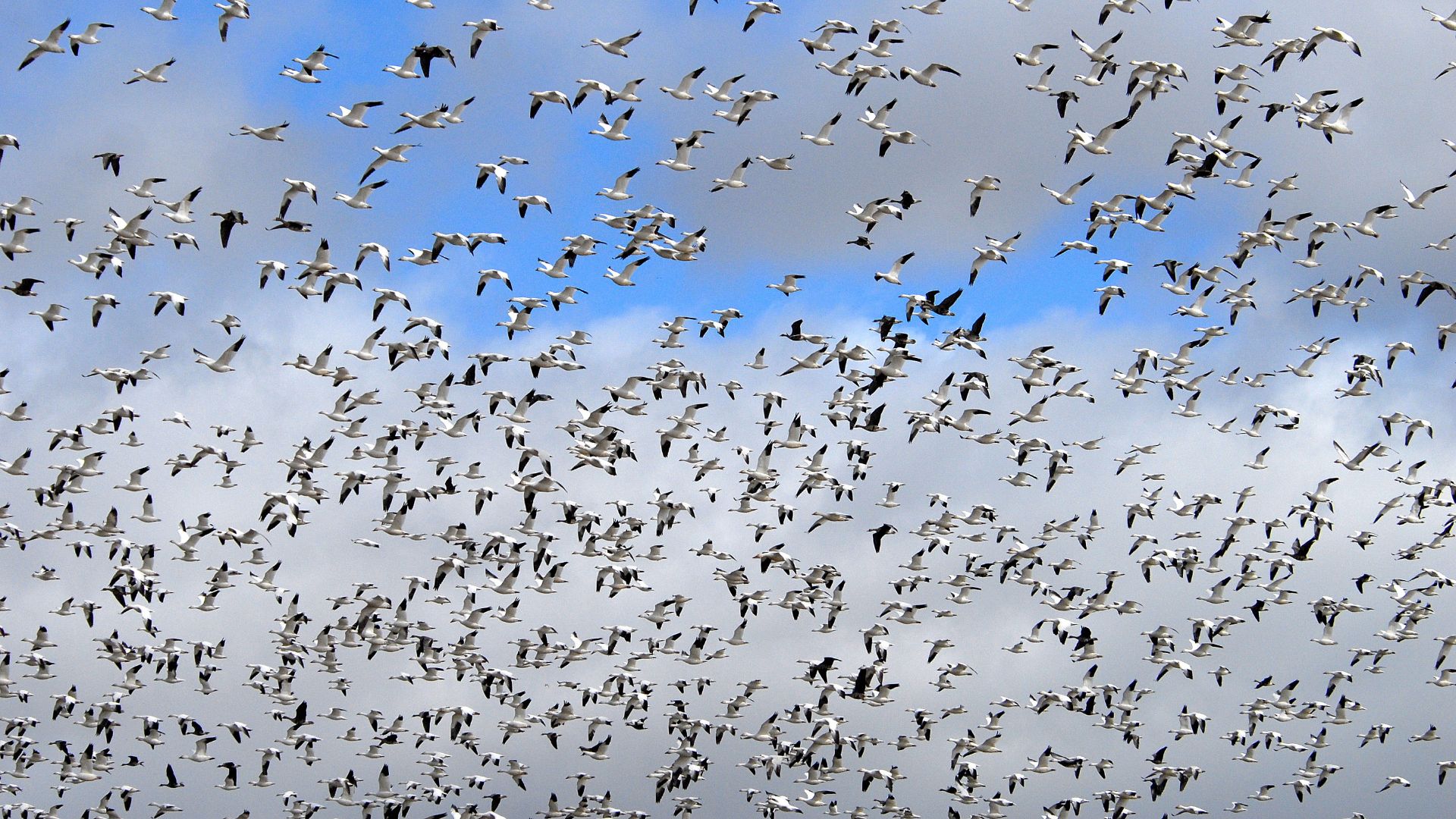 Pacific Southwest Region USFWS from Sacramento, US, Wikimedia Commons
Pacific Southwest Region USFWS from Sacramento, US, Wikimedia Commons
21. Sustenance Under Threat
The destruction of the biosphere became an existential threat for life on the planet. The dropping insect populations formed the foundation of many food chains, and these chains began to collapse completely. Ultimately, of course, this began to affect animals that humans relied on too.
22. It Spread To The Seas
The collapsing biosphere and food chains were not limited to dry land. Populations of marine plankton began to shrink as well, an important source of sustenance for many coastal communities. Further inland, the farmers felt the pressure too.
23. The Grazing Wasn’t Good
Even the grass wasn’t spared from the crisis, which spelled disaster for grazing animals. Many larger animals like cattle and deer started to suffer losses in their populations due to lack of grass to eat. This was bad for humans, who relied on these animals for food. But to make matters worse, some animals began to see humans that way.
24. The Hunters Became The Hunted
Hunting animals found themselves with less and less access to prey as wildlife faced this existential threat. Out of hunger and desperation, many carnivore animals, such as wolves, moved into human settlements in a last-ditch effort to find meat. This led to much conflict between humans and predators. It was the last thing these settlements needed.
25. Agriculture Teetered On The Brink
All this madness meant, of course, that human crops began to fail too. This occurred across continents and the accounts are devastating. One Mandaean entry, reporting on the grain shortages, stated “were you to request a tenth of a peck of grain in the land Gawkāy for five staters, we would look but it would not be found”. And with crop failure comes emaciation.
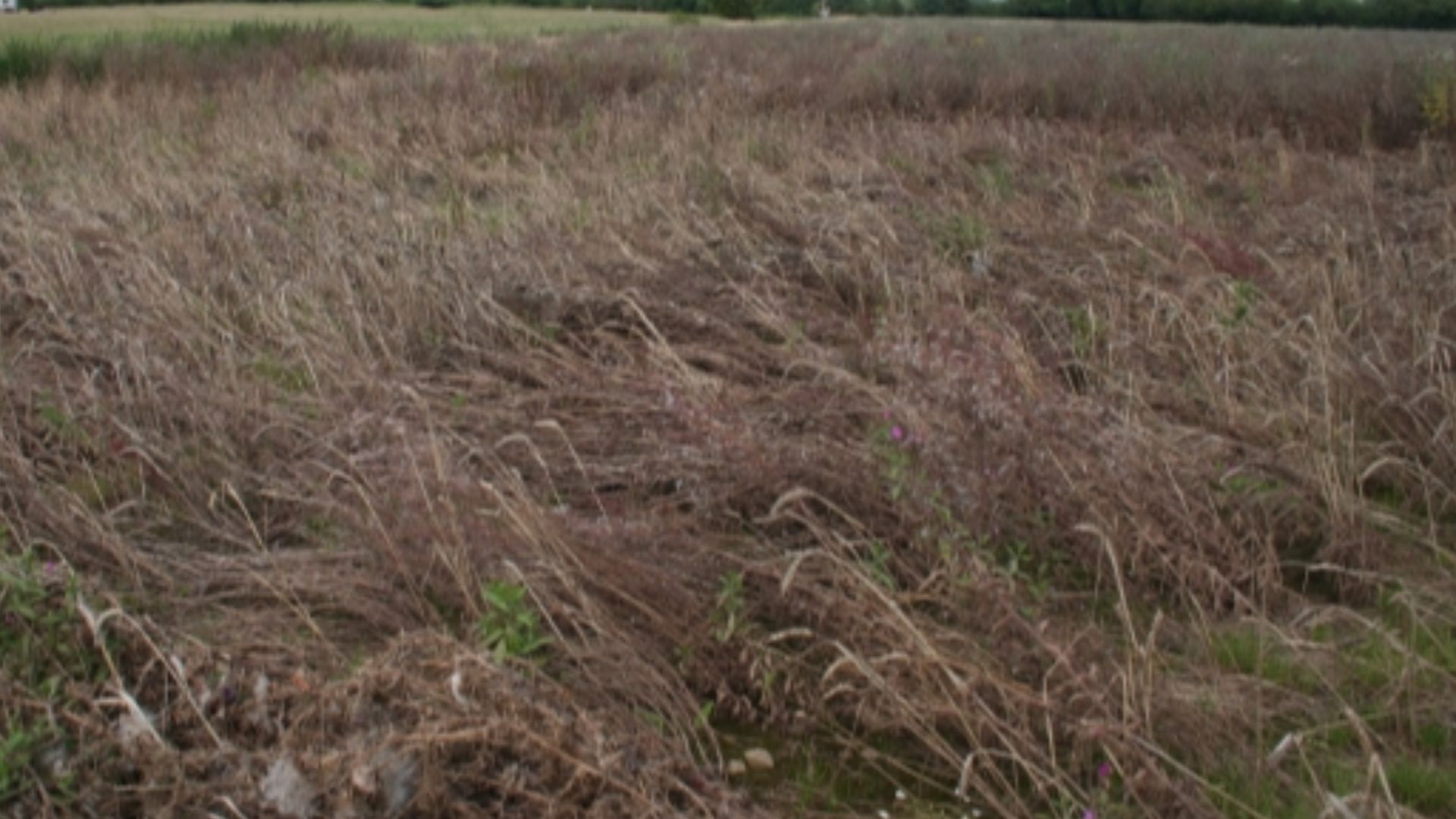 Bob Embleton, Wikimedia Commons
Bob Embleton, Wikimedia Commons
26. The Masses Starved
Of course, all this biosphere collapse could only result in one thing for humanity: starvation and death. Famine became widespread as crops failed. There were food shortages and resulting misery reported at all corners of the world, from Rome to Scandinavia to China. And it lasted well beyond 18 months of darkness.
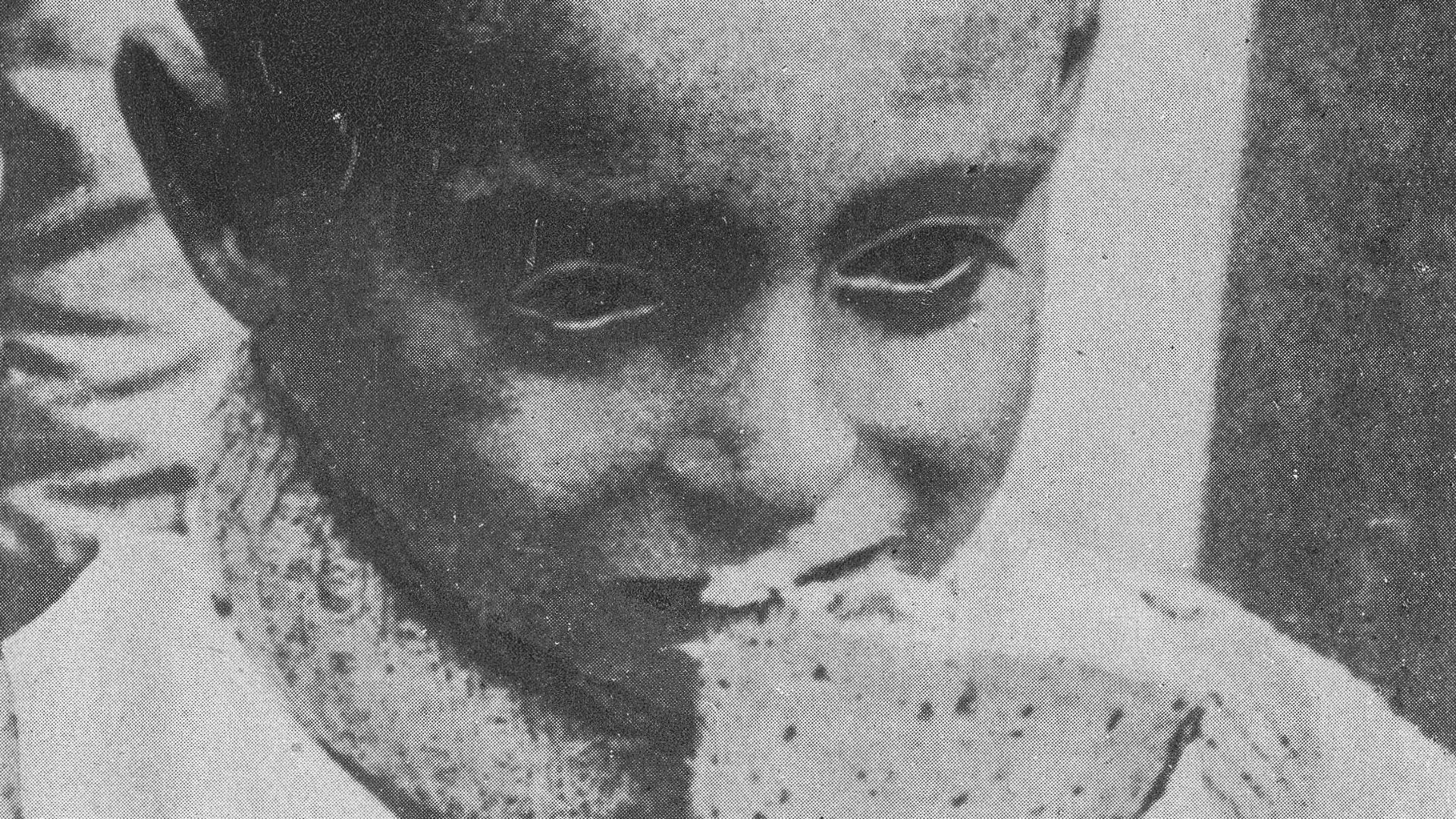 nieznany/unknown, Wikimedia Commons
nieznany/unknown, Wikimedia Commons
27. The Hunger Lasted A While
The reports of famine and misery lasted for years after the eruption of 536. Irish chronicles, for example, spoke of three straight years without bread. [Author’s note: as an Irishman, I can tell you how great our bread is, so this really was a disaster!] And while the wealthy, as always, almost certainly had it better, this did have a ripple effect on everyone in society.
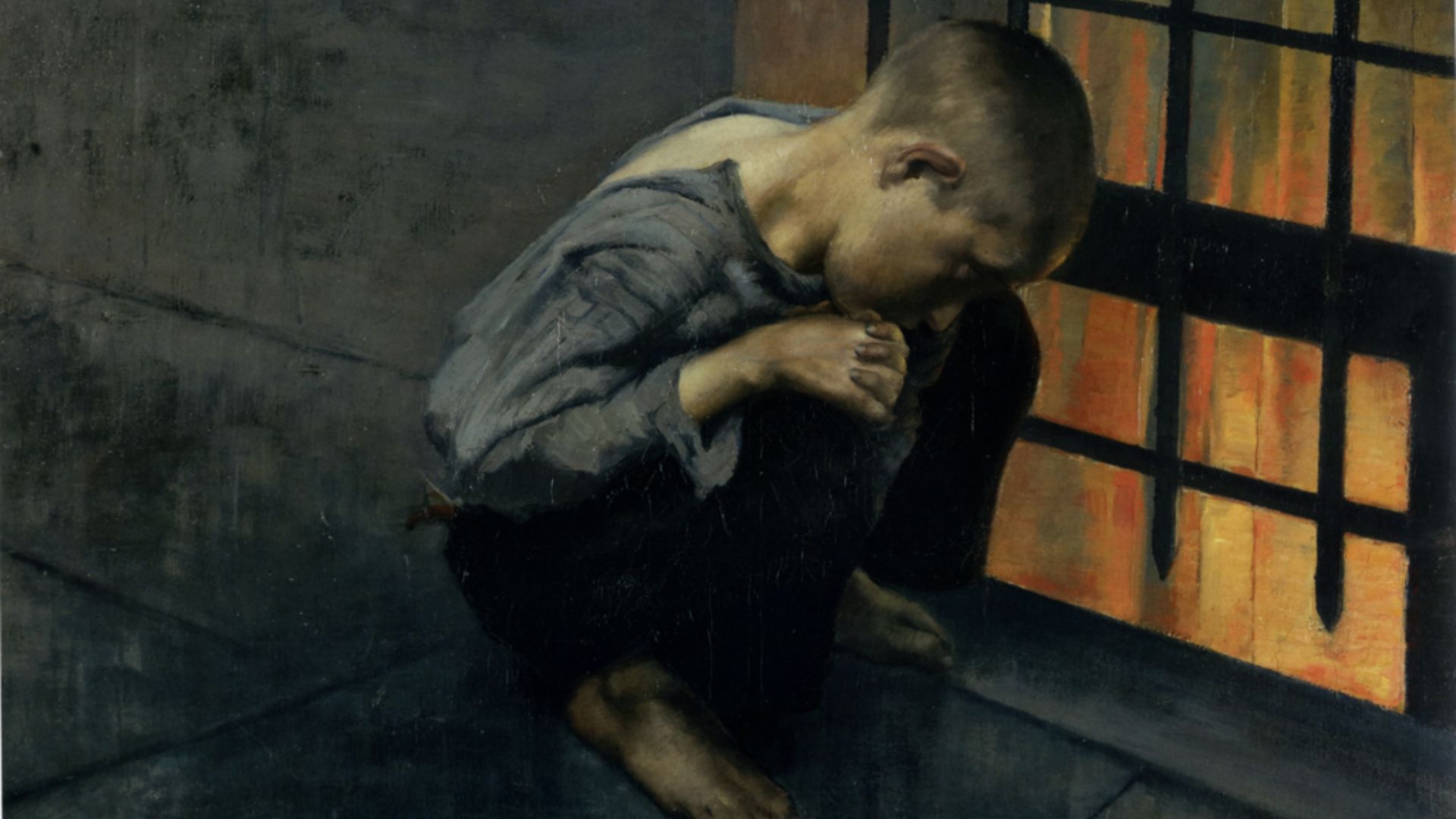 Jean Delville, Wikimedia Commons
Jean Delville, Wikimedia Commons
28. The Economy Ground To A Halt
With all this destruction and misery, that oh-so-human phenomenon, the economy, was never going to remain unaffected. The world economy stagnated, and many smaller, local economies simply crumbled. This affected the rudimentary geopolitics of the era too.
29. International Relations Took A Hit
With economic stagnation, trade routes between empires were severely disrupted, limiting interactions between regions. Furthermore, many empires could no longer afford to defend their borders, and much territory changed hands during this time. Everyone on earth was happy to see the fog finally dissipate 18 months after it appeared, but the effects lingered far past their welcome.
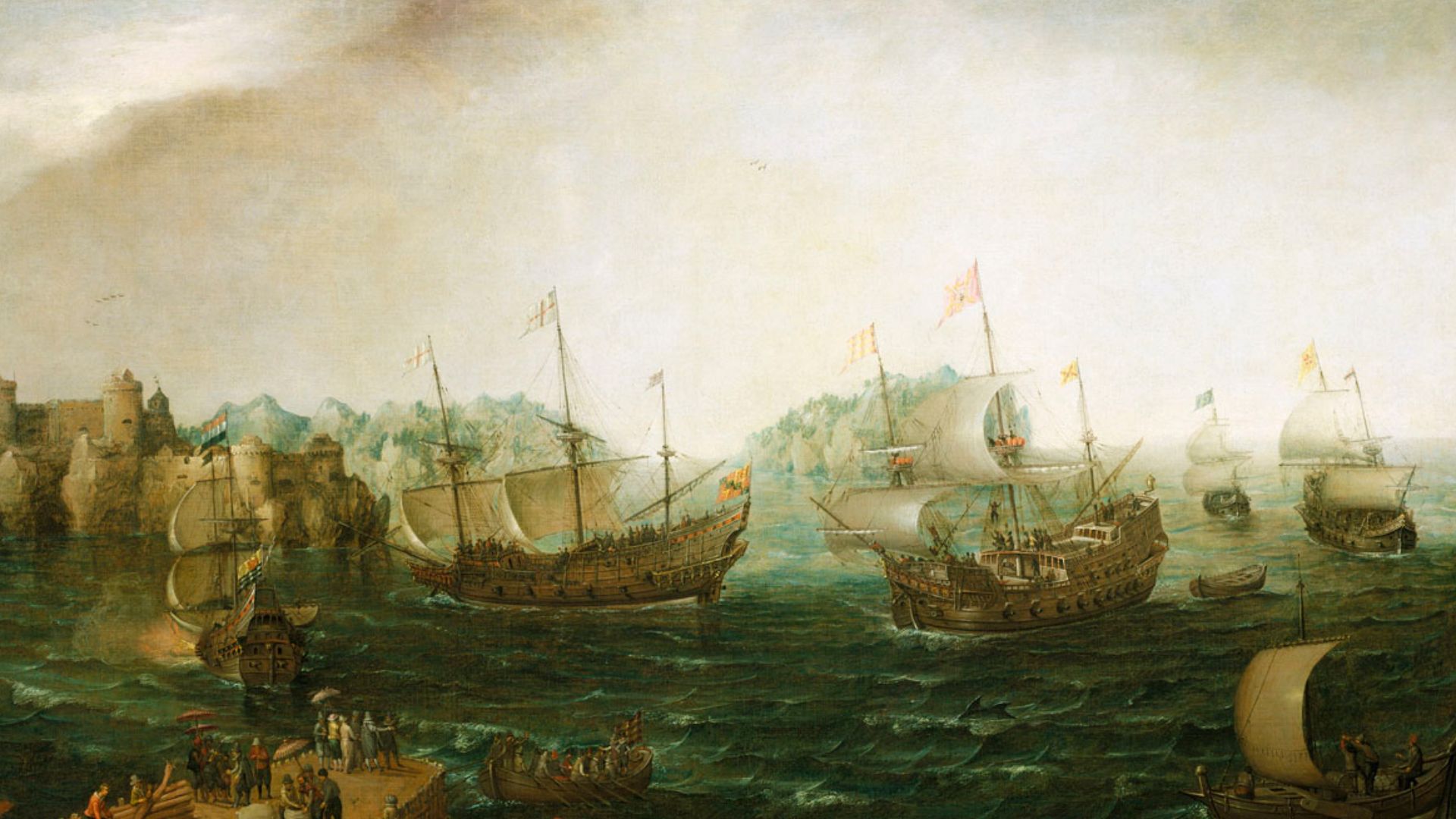 Hendrick Cornelisz Vroom, Wikimedia Commons
Hendrick Cornelisz Vroom, Wikimedia Commons
30. Pestilence Reigned
The climate changes affected life on earth for decades after 536 AD. In 541, just as everyone was welcoming the sun back, a devastating bubonic plague broke out in Europe. The disease spread rapidly amongst the population and millions succumbed. And while that may seem unrelated, it turns out the volcano was to blame.
 Pierart dou Tielt (fl. 1340-1360), Wikimedia Commons
Pierart dou Tielt (fl. 1340-1360), Wikimedia Commons
31. The Plague Was Environmental
The severely weakened ecosystems in Europe meant that the plague was most likely a result of higher rodent numbers in densely populated areas. Rats, like the later bubonic plagues, likely spread the disease far and wide among humans. The effects were catastrophic.
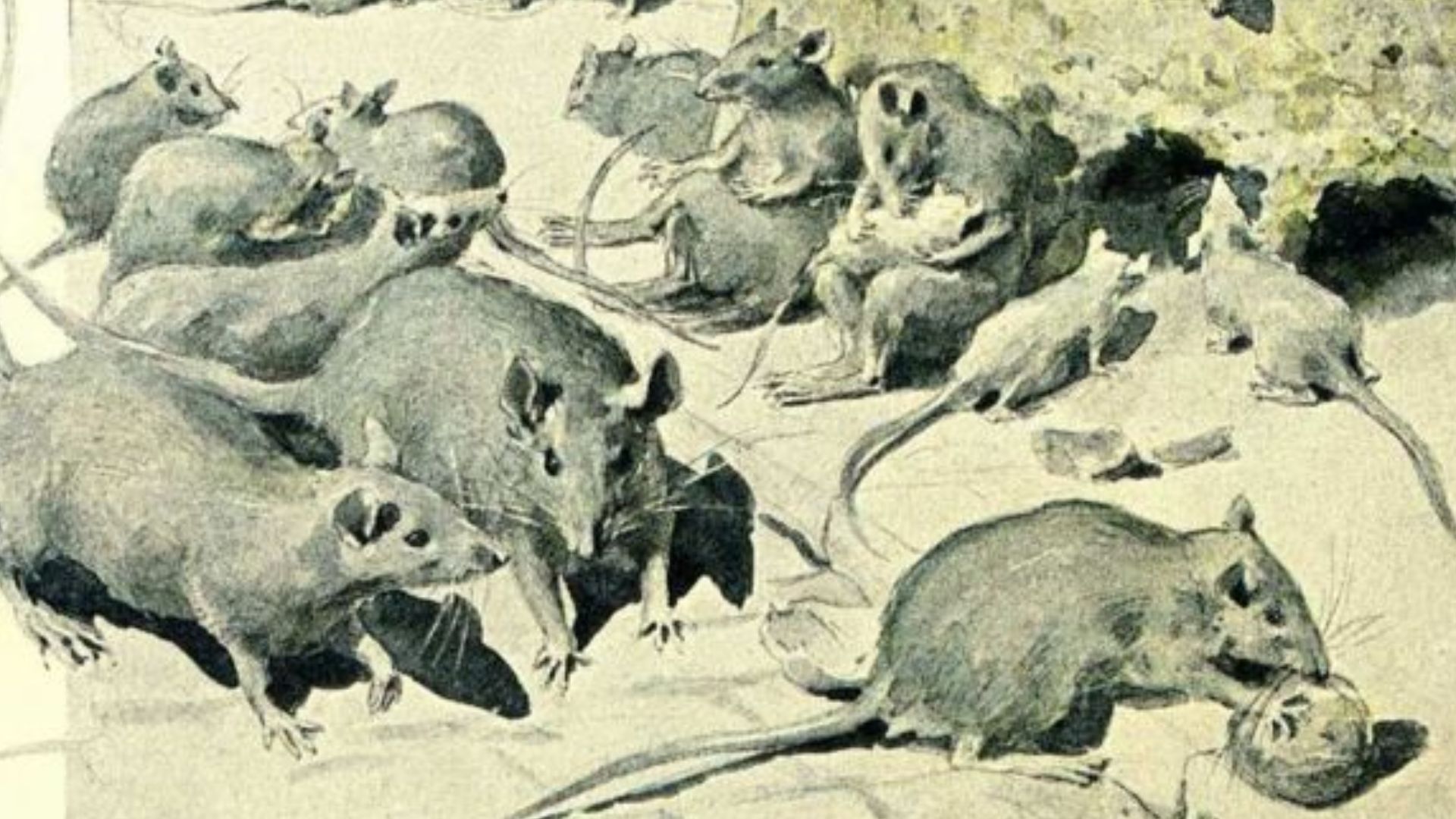 Felicien de Myrbach-Rheinfeld (1853—1940), Wikimedia Commons
Felicien de Myrbach-Rheinfeld (1853—1940), Wikimedia Commons
32. Millions Perished
The fatality rate of the pandemic is estimated to be in the hundreds of millions. Particularly devastated was the already politically tense Byzantine Empire (also known as the East Roman Empire). Historians believe that between one third to one half of the empire’s population was wiped out by the plague. The consequences rippled throughout history.
 Josse Lieferinxe, Wikimedia Commons
Josse Lieferinxe, Wikimedia Commons
33. A Pathogen Felled An Empire
Some historians argue that the volcanic eruption, the plague, and the resulting tension and chaos are one of the all contributed to the fall of the Roman Empire, meaning 536 AD had a history-altering effect on human civilization. In other words, that year changed the entire course of world history, creating a far less glamorous life than the one ancient peoples experienced prior.
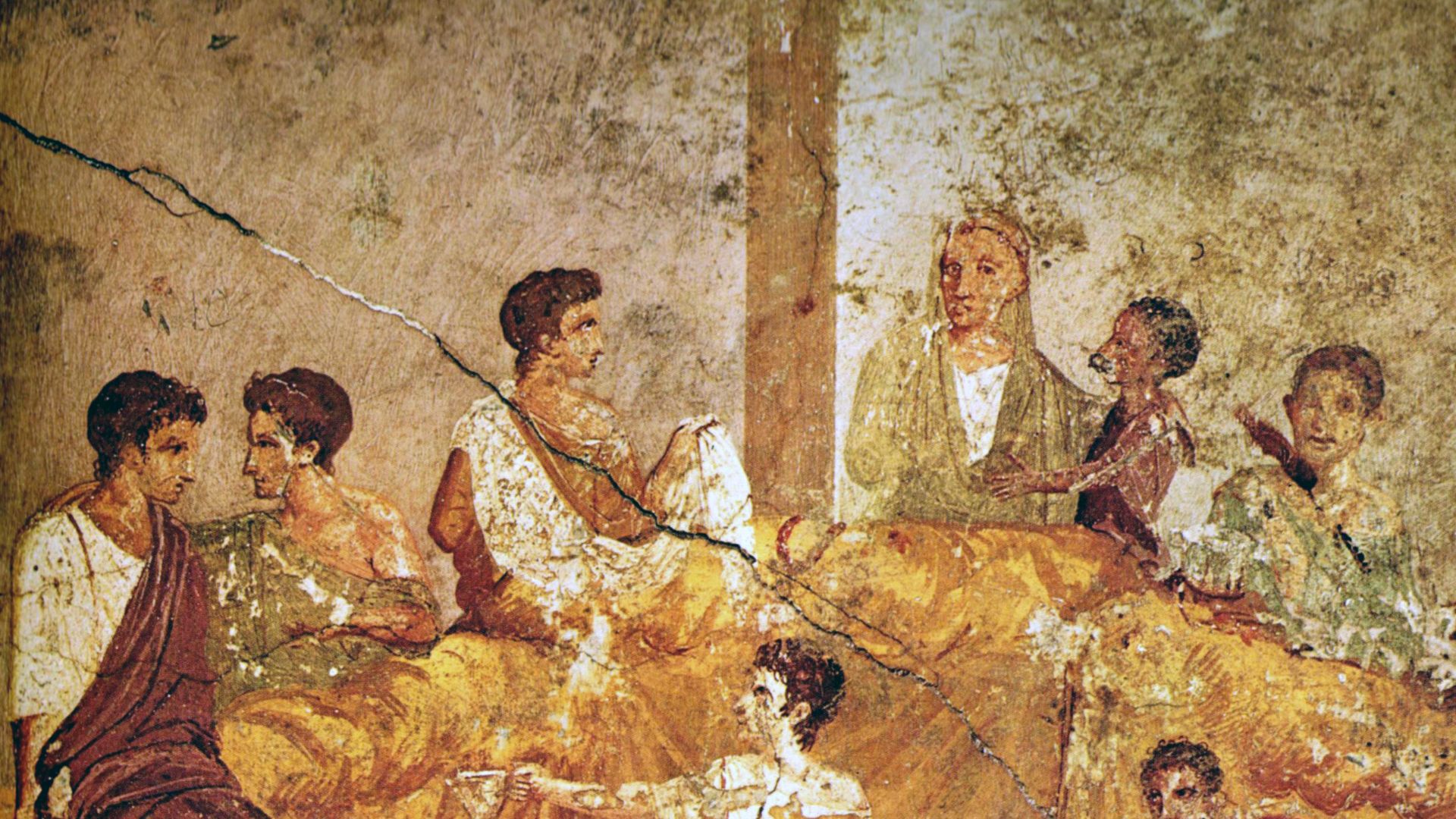 Unknown artistUnknown artist, Wikimedia Commons
Unknown artistUnknown artist, Wikimedia Commons
34. A Dark Beginning For A Dark Age
The year 536 AD fell at the dawn of what historians sometimes call the Dark Ages, and it is a fitting name considering the condition of the skies. Furthermore, with a plausible line to the collapse of the Roman Empire, the resulting conditions set the stage for the emerging medieval economy and feudal system. The people of the time did all they could to fight back.
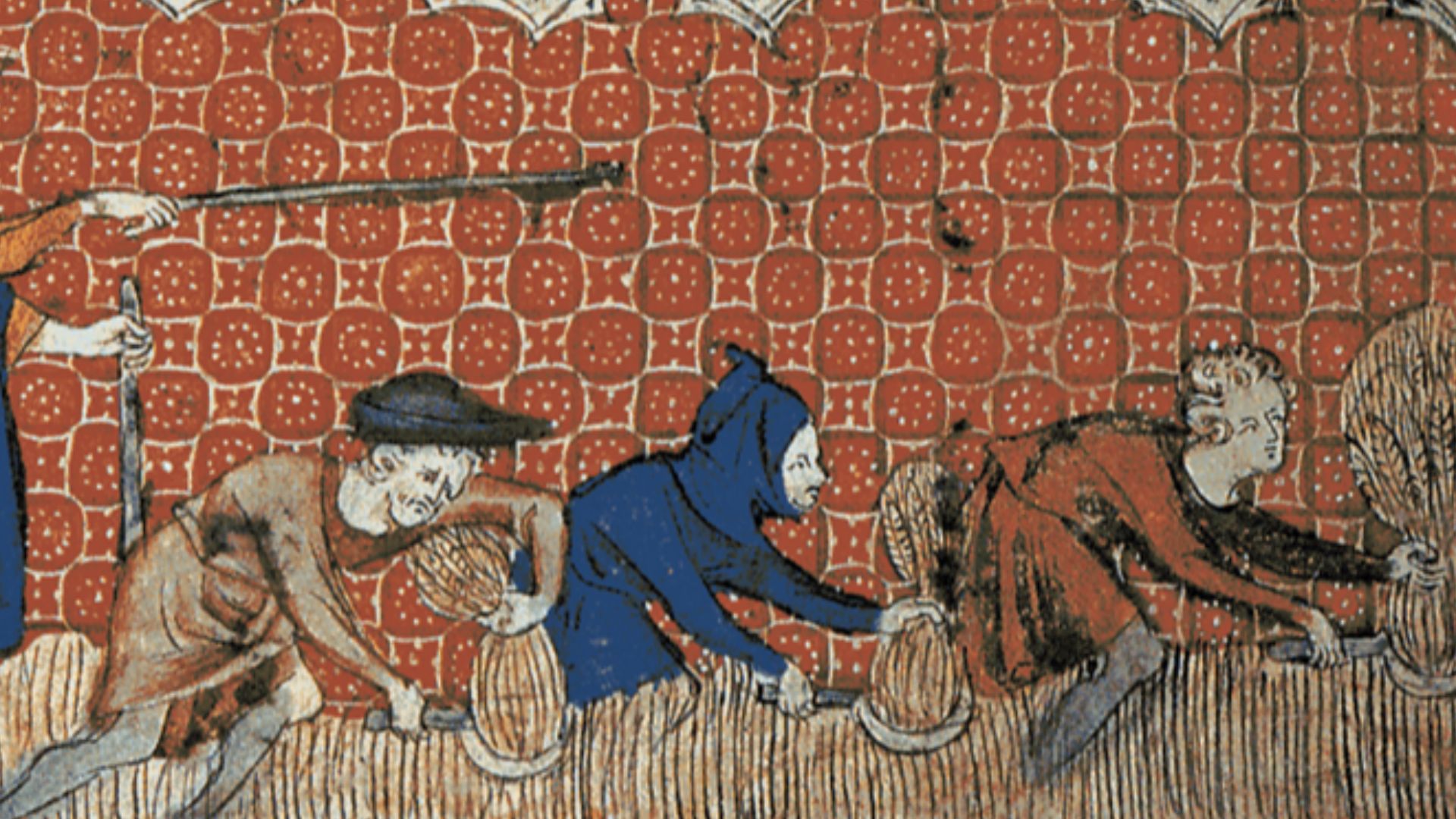 anonymous (Queen Mary Master), Wikimedia Commons
anonymous (Queen Mary Master), Wikimedia Commons
35. It Was The Making Of Mythology
Many accounts exist documenting the era, and the year of darkness clearly had an effect on the psychology and mythology of the humans of the time. Norse mythology, for example, talks of Fimbulwinter, a sunless period that precedes the end of the world, clearly inspired by the climate of 536.
Human behavior was affected too, as seen, for example, by the hoards of gold buried in Scandinavia at the time, likely an appeal to the gods to bring the sun back. Historians first reading these accounts, however, needed some convincing.
 536 AD: The Worst Year in History, History Piece
536 AD: The Worst Year in History, History Piece
36. Historians Were Skeptical
When accounts of the era were first discovered, most historians did not take them very seriously. They assumed the reports of darkened skies and an extinguished sun were poetic flourishes and metaphorical exaggerations. But that all changed in the 1990s.
 536 AD: The Worst Year in History, History Piece
536 AD: The Worst Year in History, History Piece
37. Nature Left Signs
The first scientific clue that something environmentally catastrophic had, in fact, happened in 536 AD came from Mother Nature herself. In a study of tree rings in Ireland, researchers found that the trees grew an abnormally small amount at that time, suggesting something prevented their usual summer spurt. Research 20 years later painted a clearer picture.
38. Scientists Put The Pieces Together
Around 2015, scientists found more evidence of the volcanic winter of 536. After the discovery of geological records of volcanic activity, these chemical traces, combined with the tree ring evidence, meant historians could no longer deny the reports of the year without sun. The era needed a name.
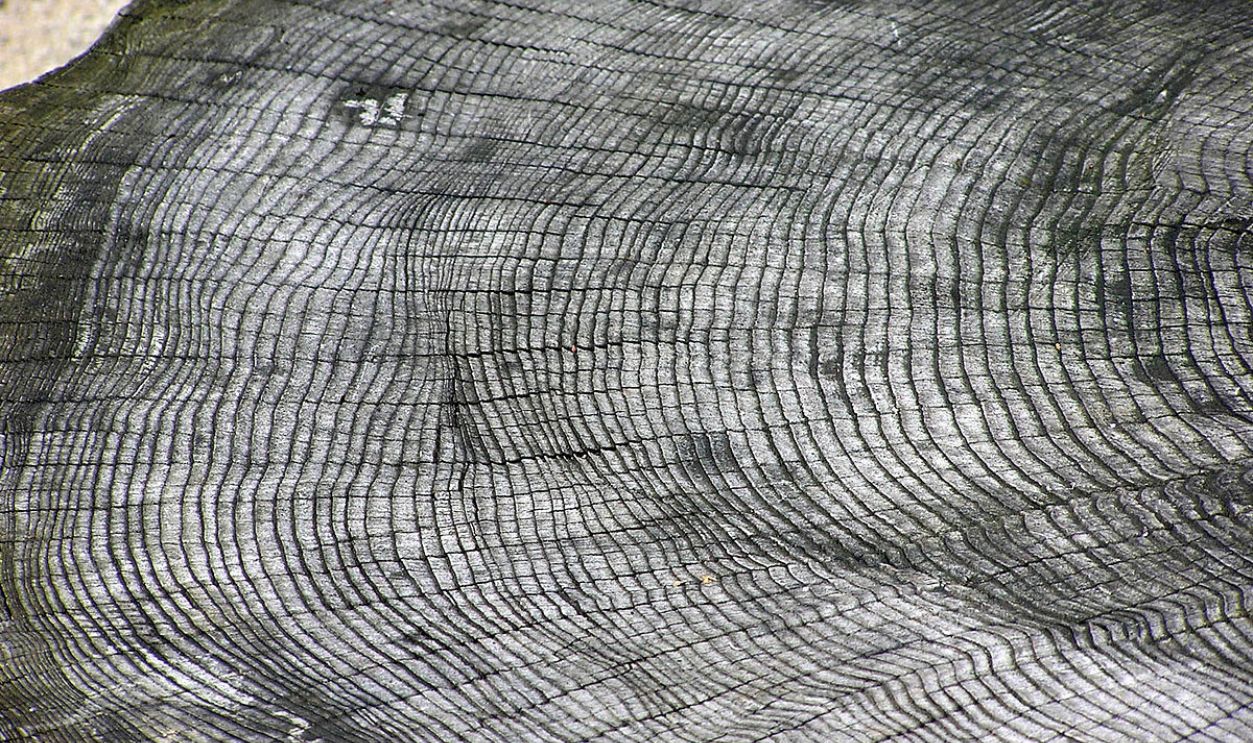 Arpingstone, Wikimedia Commons
Arpingstone, Wikimedia Commons
39. It Got Its Scientific Designation…
The era initiated by the volcanic winter has become known as the Late Antique Little Ice Age. Ice ages, as commonly known by now, are never easy periods for humanity or, indeed, for the planet. But the name is also a little dry, and historians needed a snappier title.
40. …And Its Historical One
Others have given perhaps a more fitting and accurate title to the era, and one that contemporaries of the time would almost certainly resonate more with. They called it the Forgotten Apocalypse. Nowhere was this more appropriate than in Rome, and particularly the ravaged Byzantine Empire. But other regions underwent massive changes too.
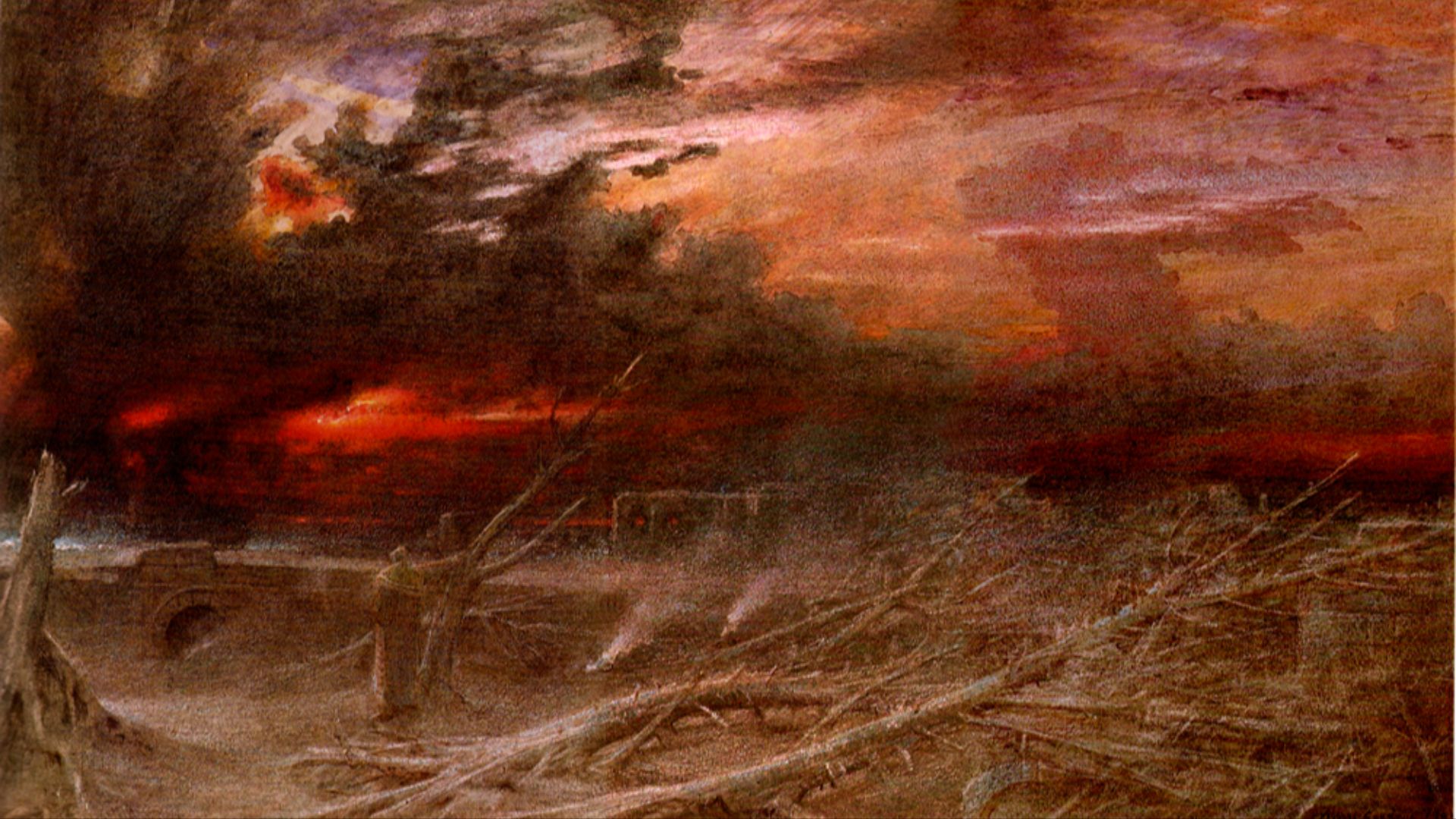 Albert Goodwin, Wikimedia Commons
Albert Goodwin, Wikimedia Commons
41. It Altered Civilization
The Forgotten Apocalypse of 536 AD had a profound effect on the cultural memory of the civilizations that survived. But many didn’t. In the years that followed, the catastrophe reshaped whole populations, wiped entire cultures; kingdoms crumbled from invasions, and empires rose and fell. It was incredible what one volcanic eruption could do. But amazingly, the earth didn’t stop at one.
42. A Volcanic Encore
Incredibly, there were not one but two more volcanic eruptions in the years following the 536 event, one in 540 and another in 547. Though not quite as large, they nonetheless prolonged and compounded the difficulties faced by people at the time as subsequent eruptions meant a longer recovery time for the environment and civilization following the 536 eruption. And just because they weren’t as big, didn’t mean they weren’t dramatic.
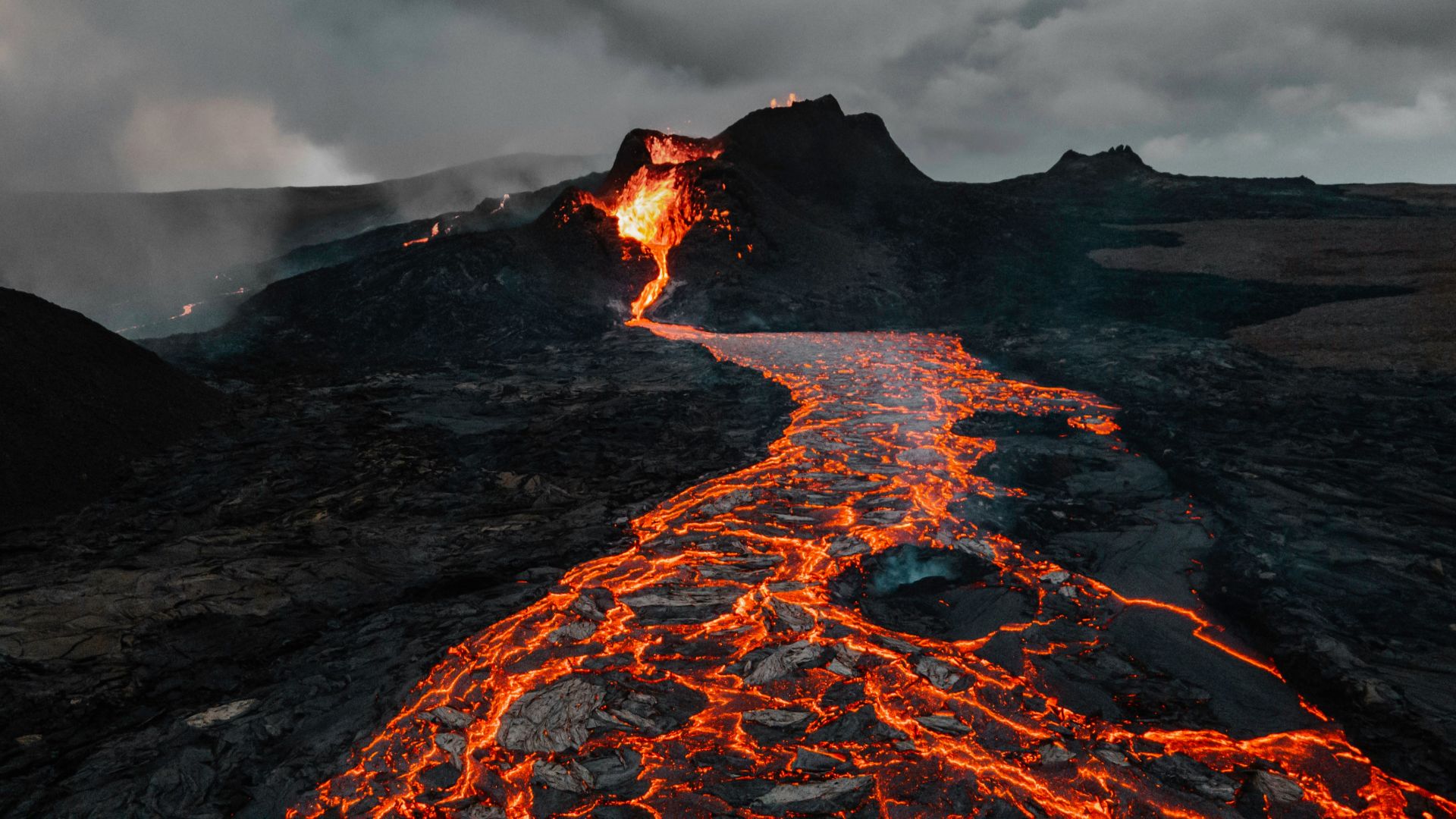 Tetiana Grypachevska, Unsplash
Tetiana Grypachevska, Unsplash
43. Another Volcano Made A Mess
Not much is known about the 547 eruption, but there is a little more info on the previous one, even if the people of the “known world” didn’t witness it. The 540 eruption occurred in Ilopango, El Salvador, meaning it mostly affected the indigenous peoples of the Americas. Evidence has shown that this eruption expelled a whopping 10.5 cubic miles of dense rock across the surrounding lands. The locals had their own Forgotten Apocalypse.
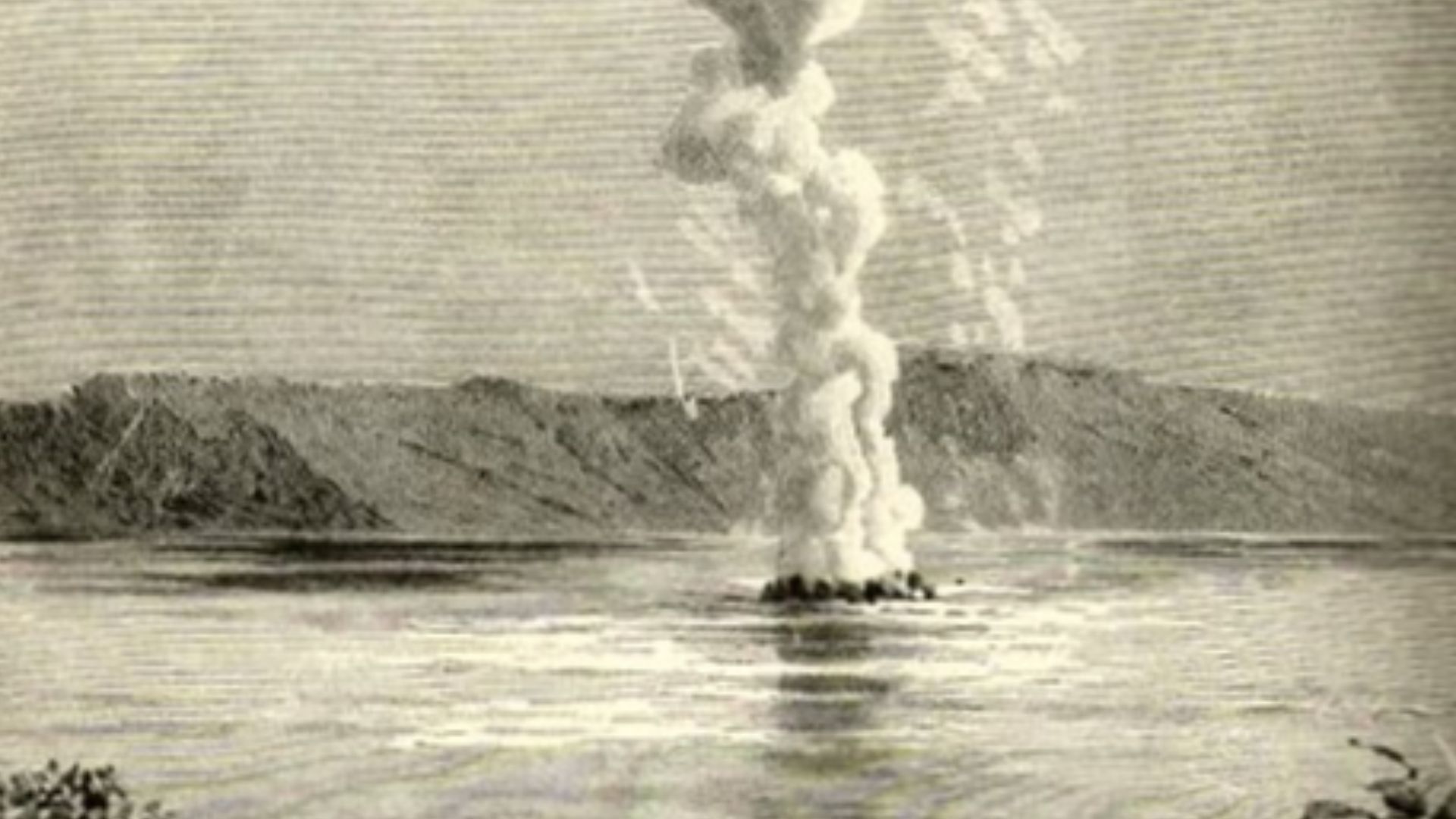 Infrogmation, Wikimedia Commons
Infrogmation, Wikimedia Commons
44. Great Civilizations Were Rocked
Evidence has suggested that the destruction wrought by the Ilopango eruption was unimaginable. Like in the “Old World”, a massive amount of ash (known as the Tierra Blanca Joven ash layer) spread across Central America. Furthermore, the expelled rock devastated Mayan settlements in the region. The raining debris terrorized the locals.
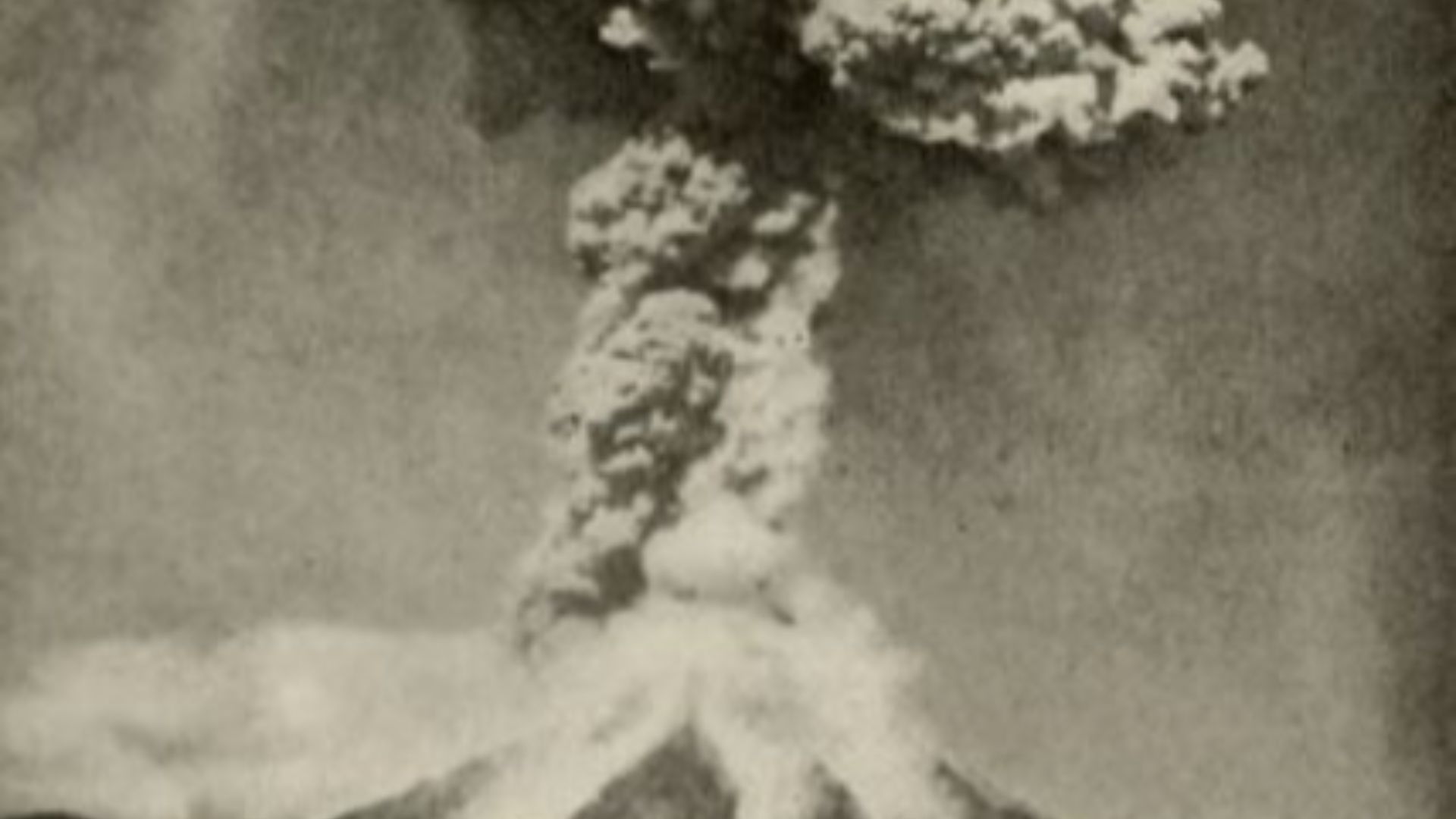 Laura C. Fredendall, Wikimedia Commons
Laura C. Fredendall, Wikimedia Commons
45. Havoc In The Americas
The settlements were not the only things wiped out by the flying rock. Tens of thousands of people perished instantly following the eruption. Those that survived the blast zone saw their settlements destroyed, and mass migrations of populations followed the incident. The earth’s recovery was slow, and that might not have even been the extent of it.
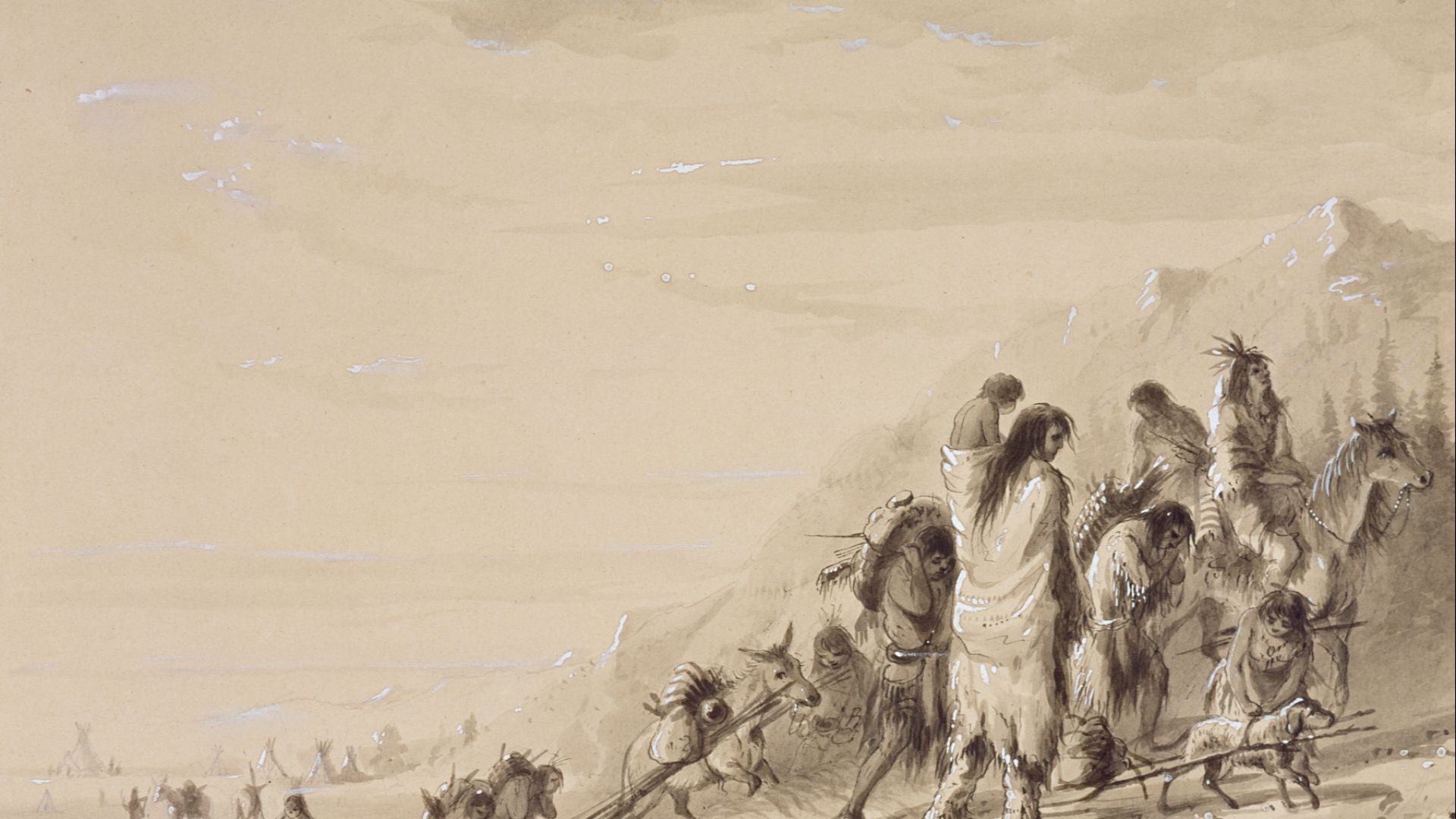 Alfred Jacob Miller, Wikimedia Commons
Alfred Jacob Miller, Wikimedia Commons
46. But Wait, There’s (Maybe) More
We may not even truly know the extent of the misery of 536 and the following decades, and we may never. Some scientists have posited that, based on just how bad the accounts of the time were, there may be other, undiscovered eruptions that occurred around the time and contributed to the decimation. What we do know is when that misery finally started to let up.
47. It Lasted Decades
The Late Antique Little Ice Age began in the spring of 536 and didn’t let up for a long time. Even when it did, it was location dependent. It appears to have finally ended in Europe in 660 but the poor souls in Central Asia had to endure another two decades, with it finally ending there in 680. People were born and passed away during this period and never knew an easy life. That’s why the Forgotten Apocalypse has a special reputation.
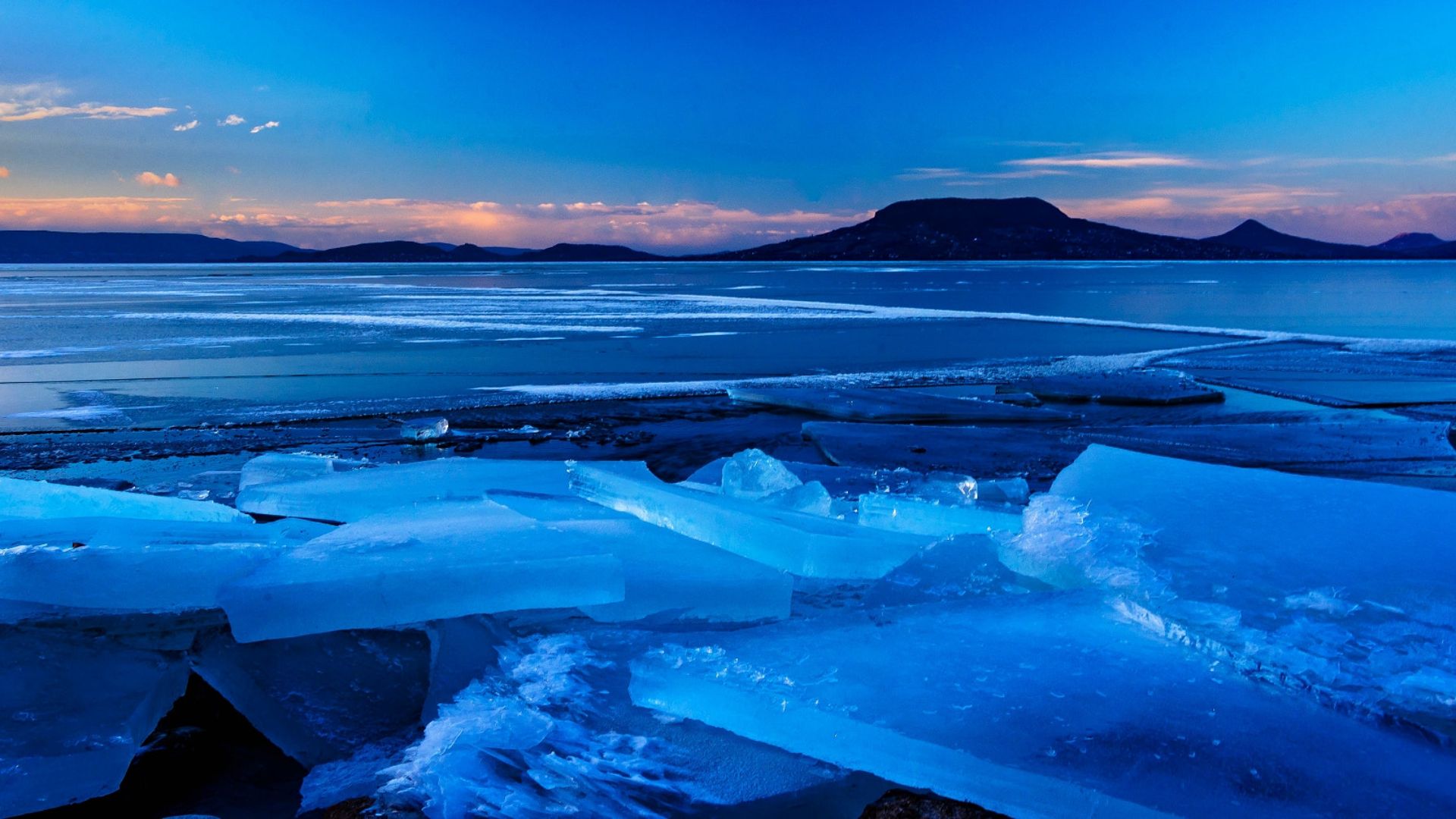 Ferenc Hoffman, Wikimedia Commons
Ferenc Hoffman, Wikimedia Commons
48. It Was The Absolute Worst
Historians have long argued over when the most difficult period of human history was. Some cite the Black Death, others the flu pandemic of 1918, but 536 AD often emerges as the frontrunner in these discussions. Historian Michael McCormick summed it up perfectly, calling it “the beginning of one of the worst periods to be alive, if not the worst year”. But it was inspirational in its own way too.
49. It Showed Humanity’s Strength
Despite all the famine, misery, pestilence, and hardship, the human race remains alive and well. The Forgotten Apocalypse of 536 AD is a testament to the resilience of our planet and its inhabitants. It was a watershed moment where life found itself forced to adapt or perish, and adapt it did. But we might not get so lucky a second time.
50. It Served As A Warning
The catastrophic events surrounding and following the volcanic winter of 536 AD serve as a stark reminder of the fragile and delicate ecosystem that we rely on for our survival, and how quickly things can change and collapse. As we face impending catastrophe resulting from climate change in the 21st century, we would do well to study the past…or we may find ourselves doomed to repeat it.
You May Also Like:
The Most Powerful Families In Human History
These Cursed Historical Objects May Have Inspired The Mummy



